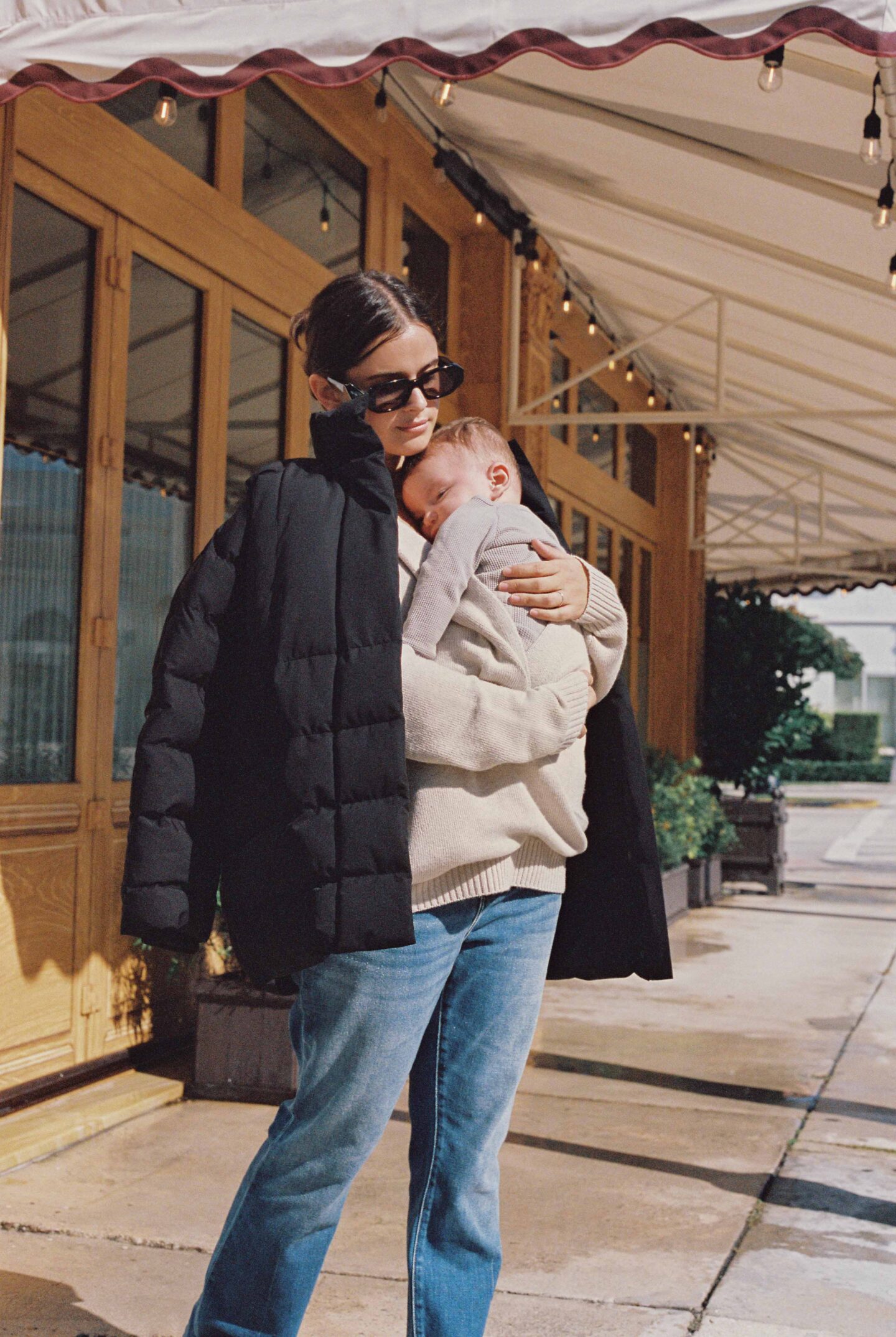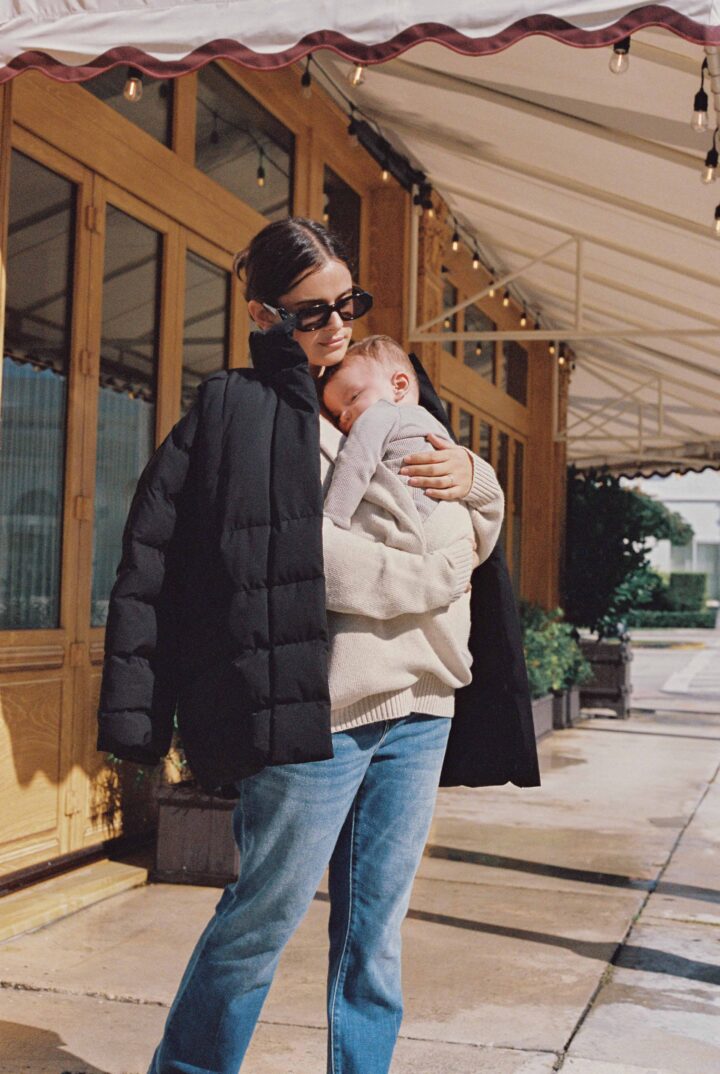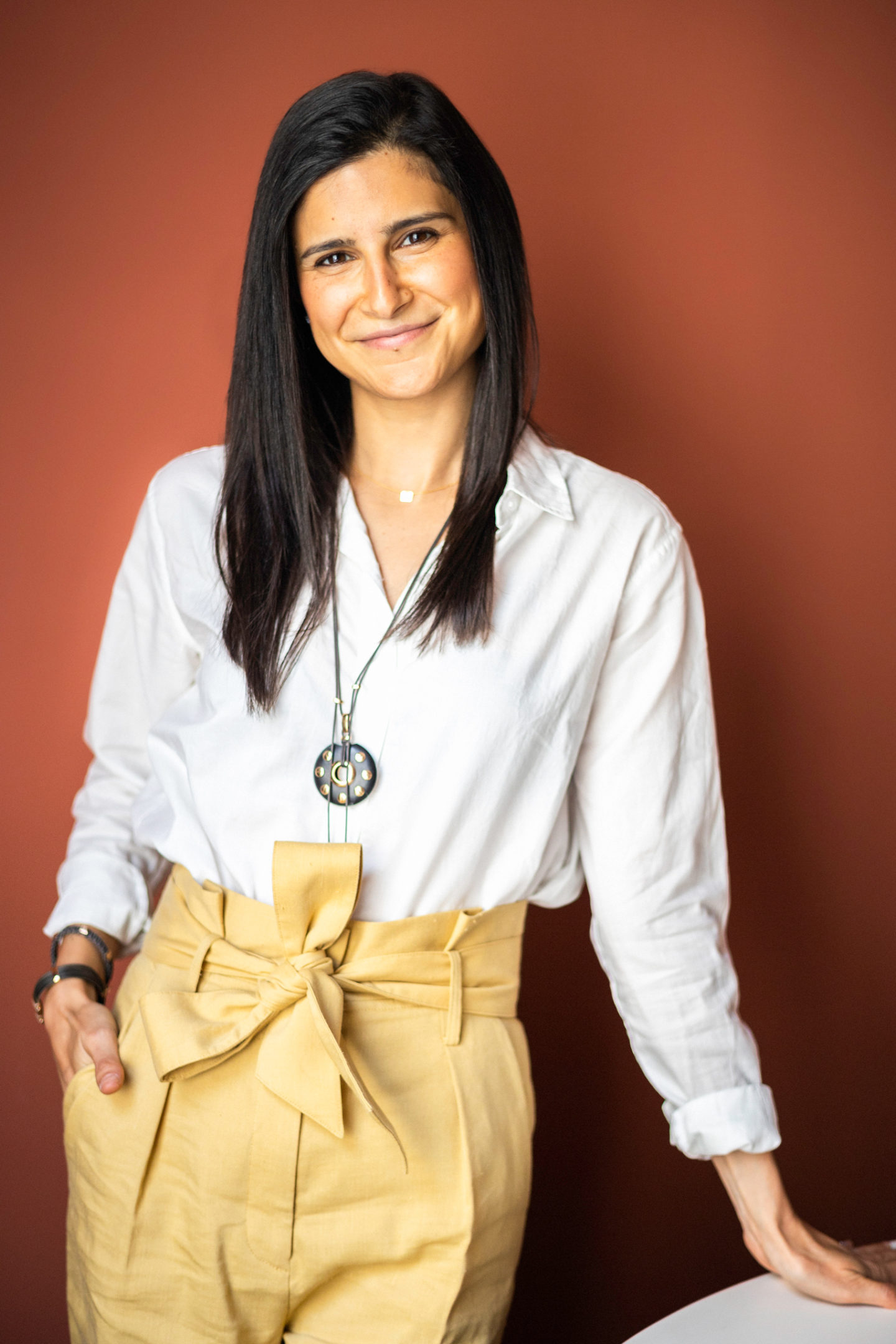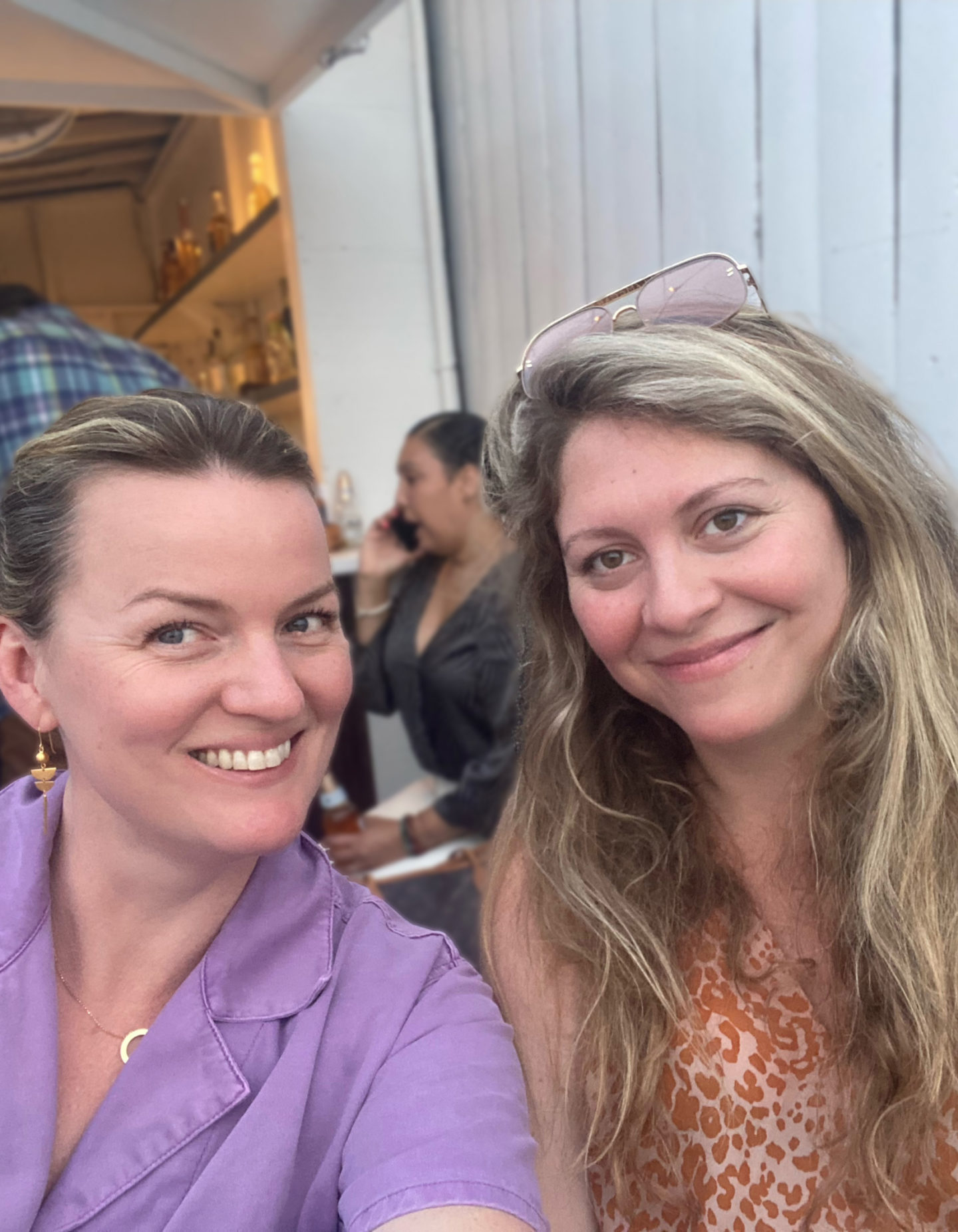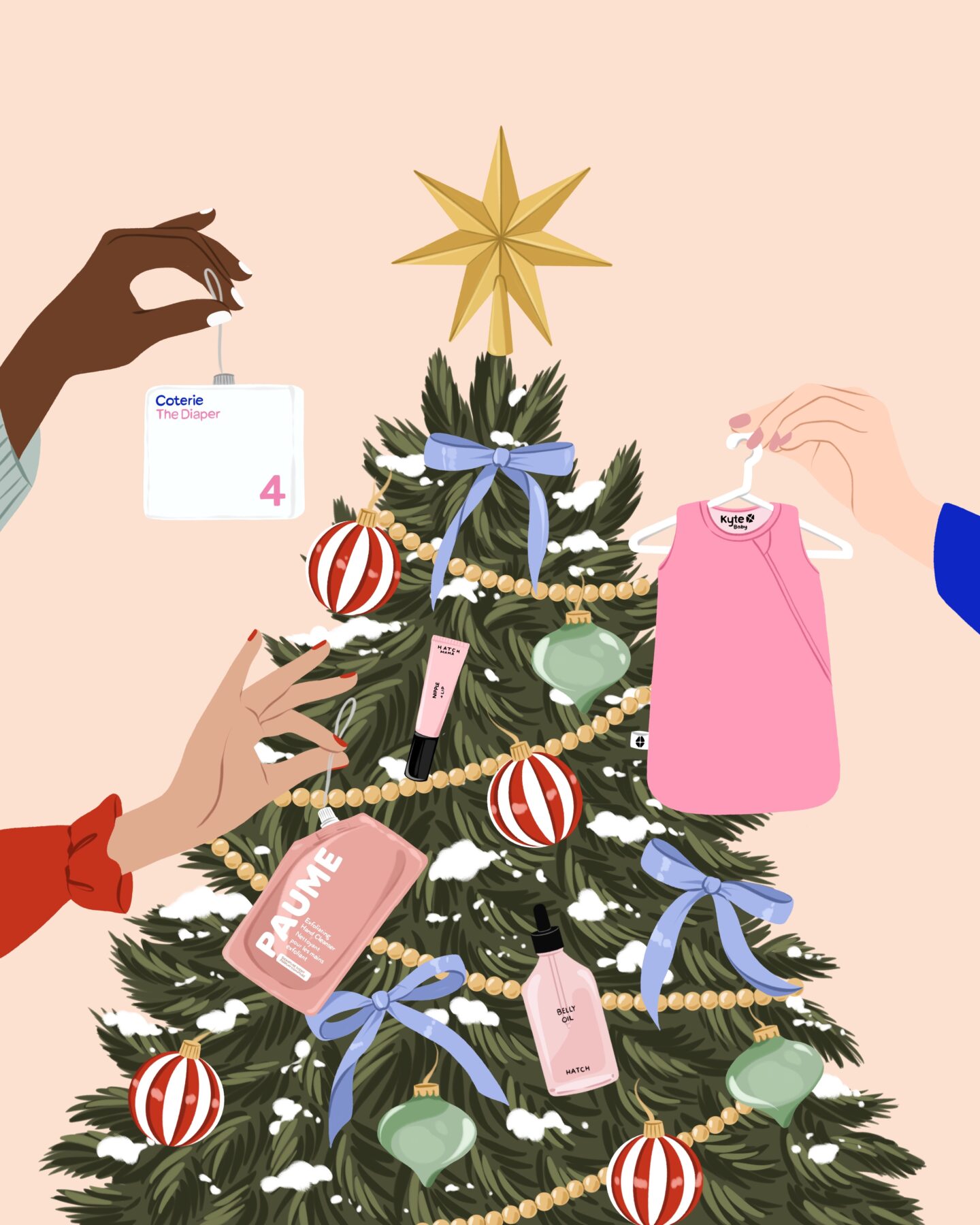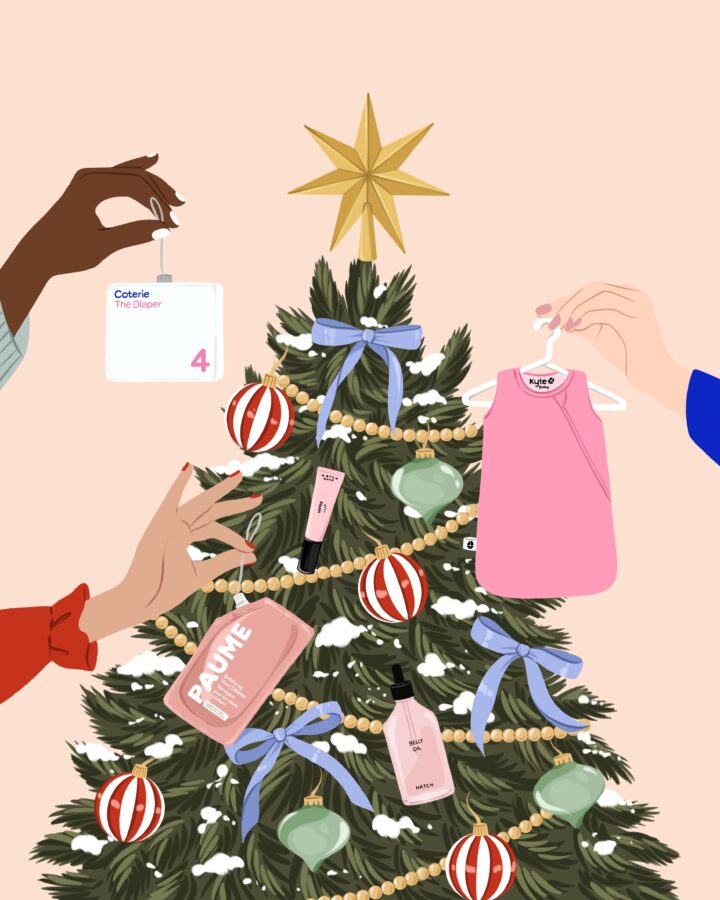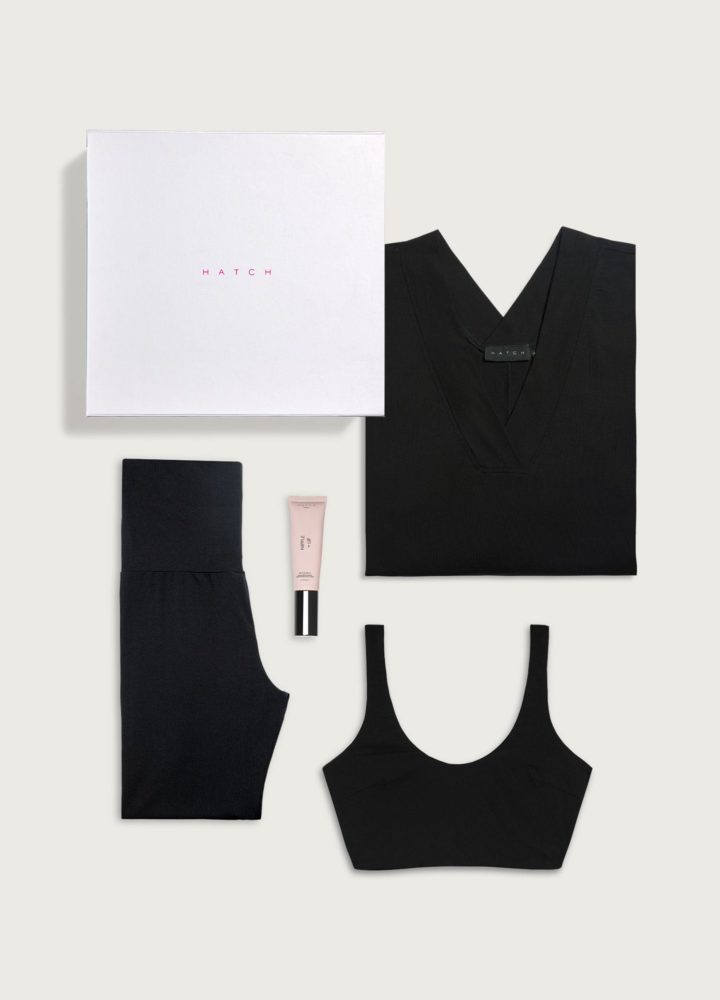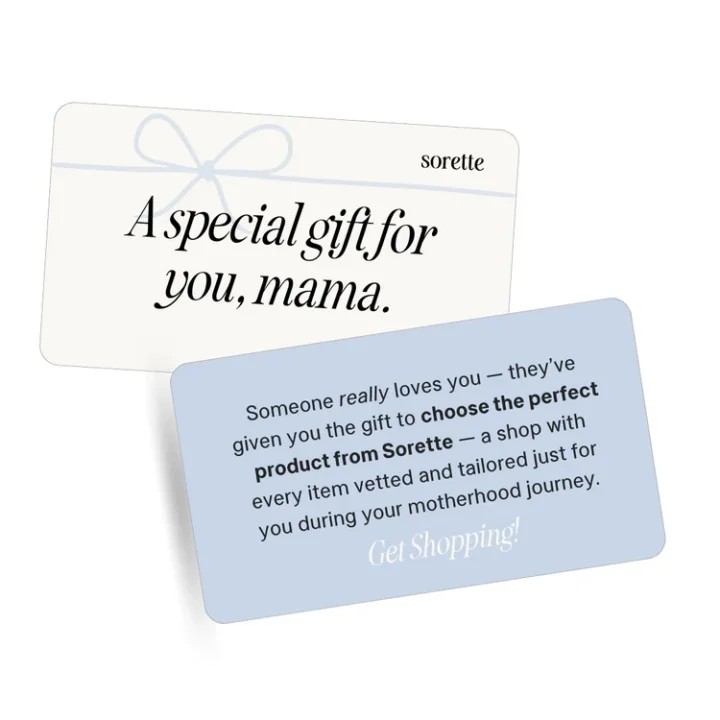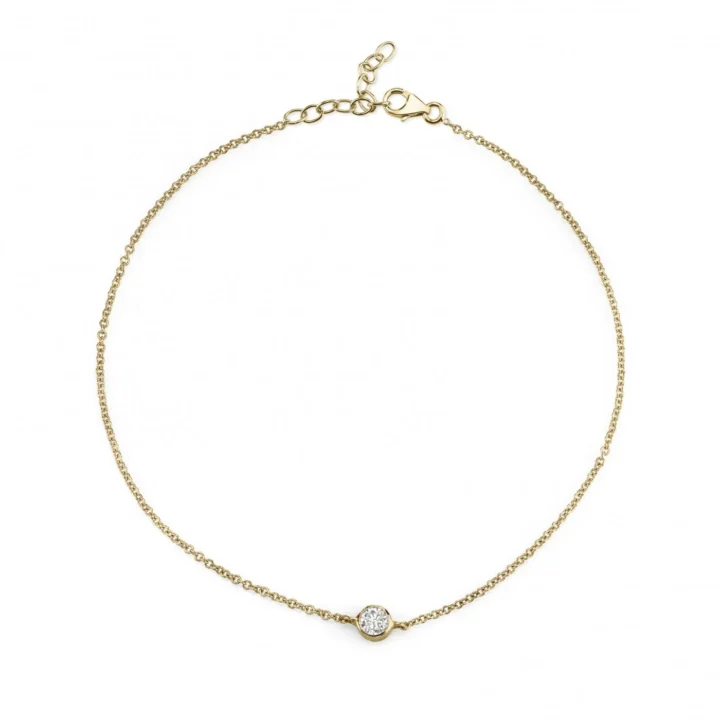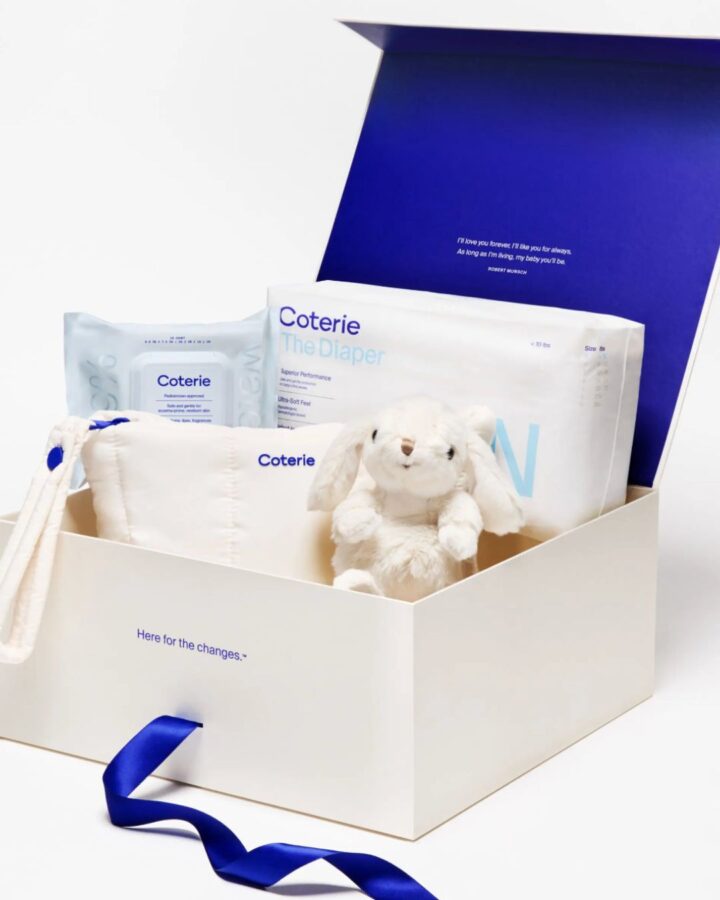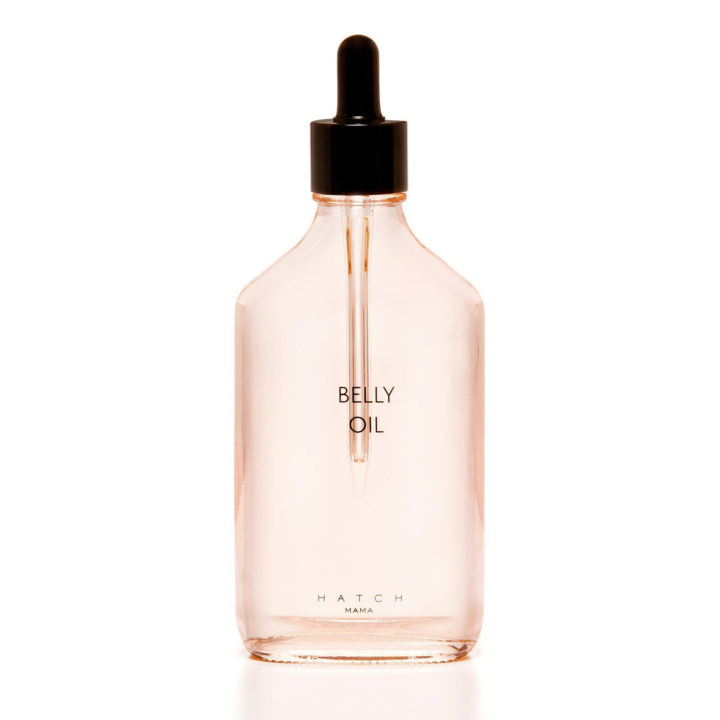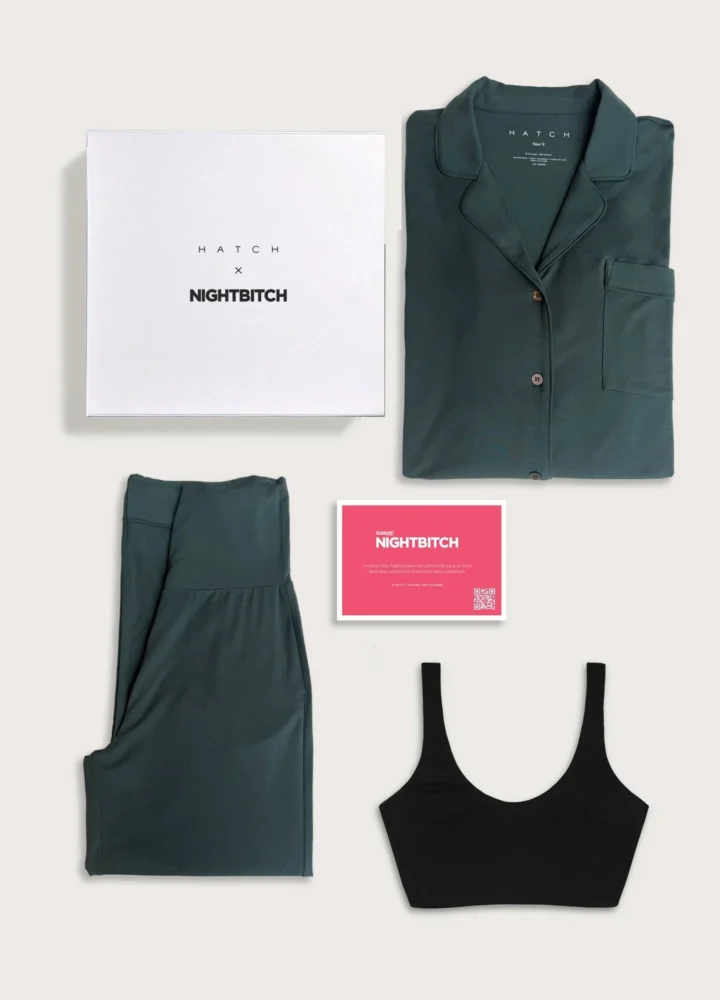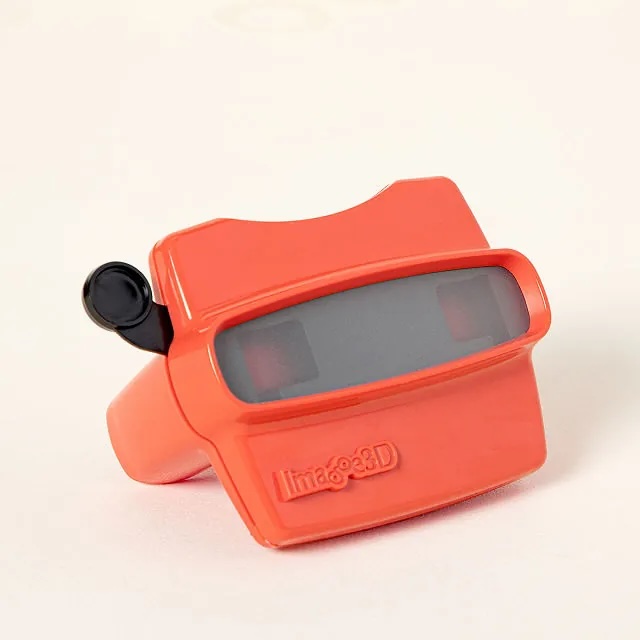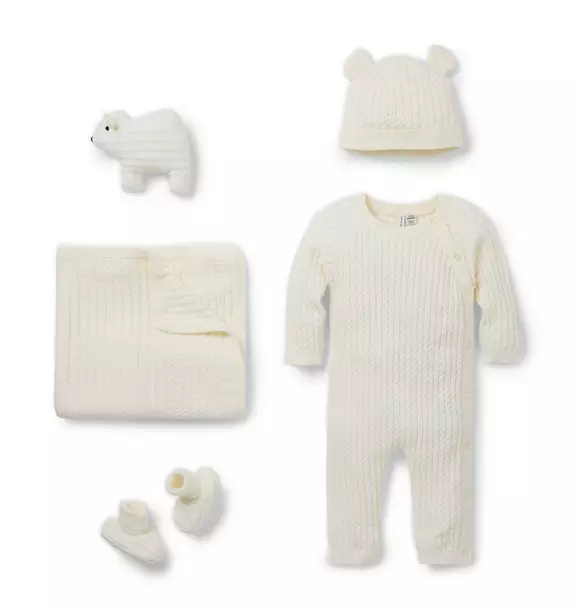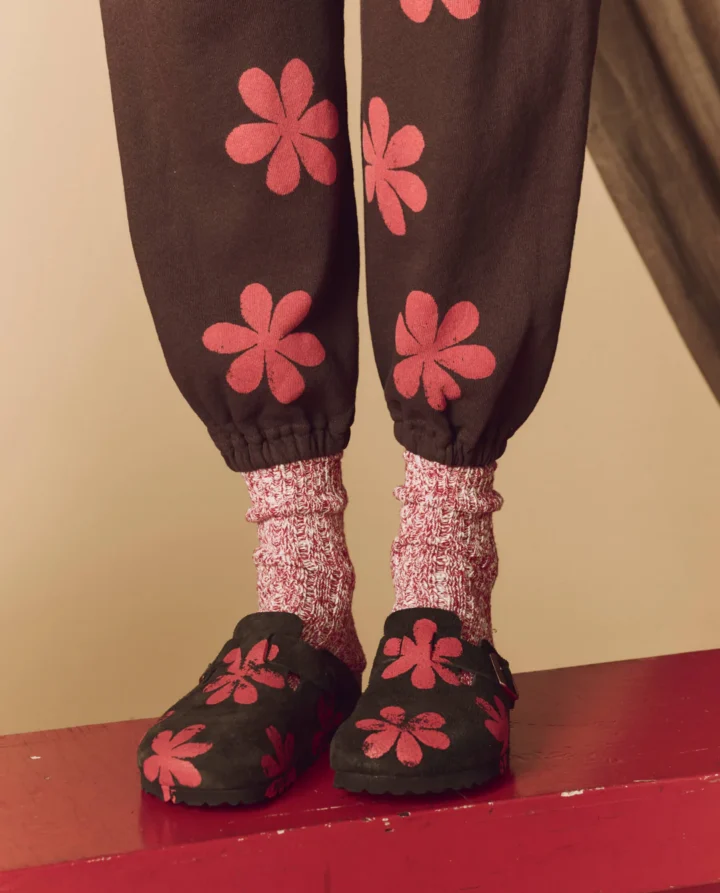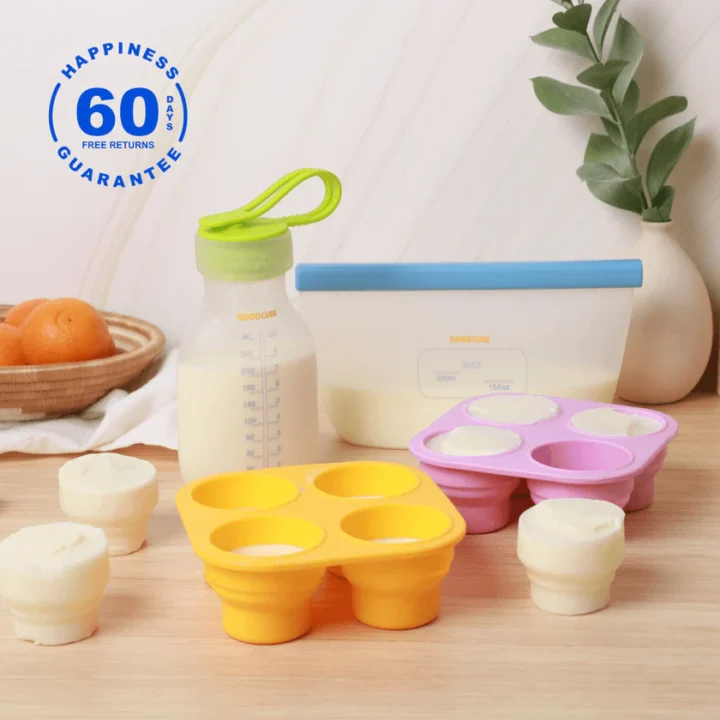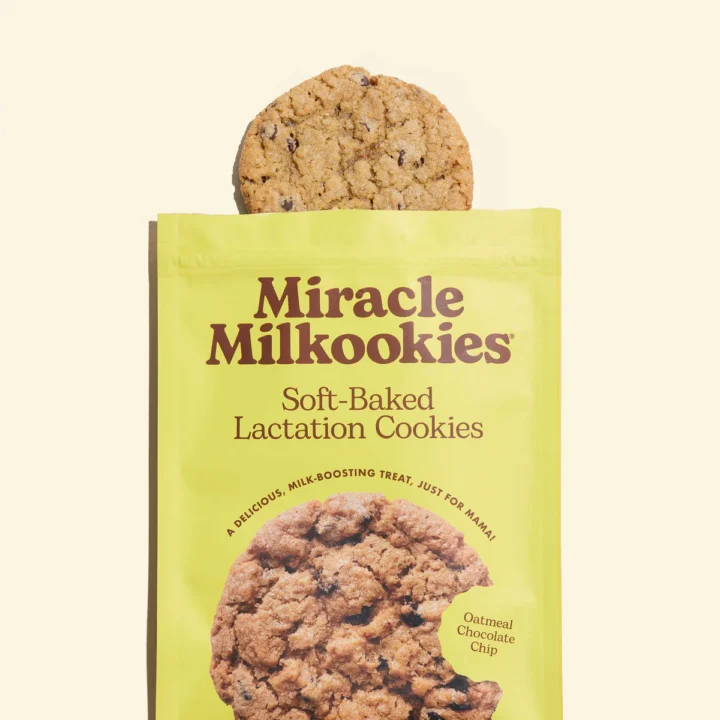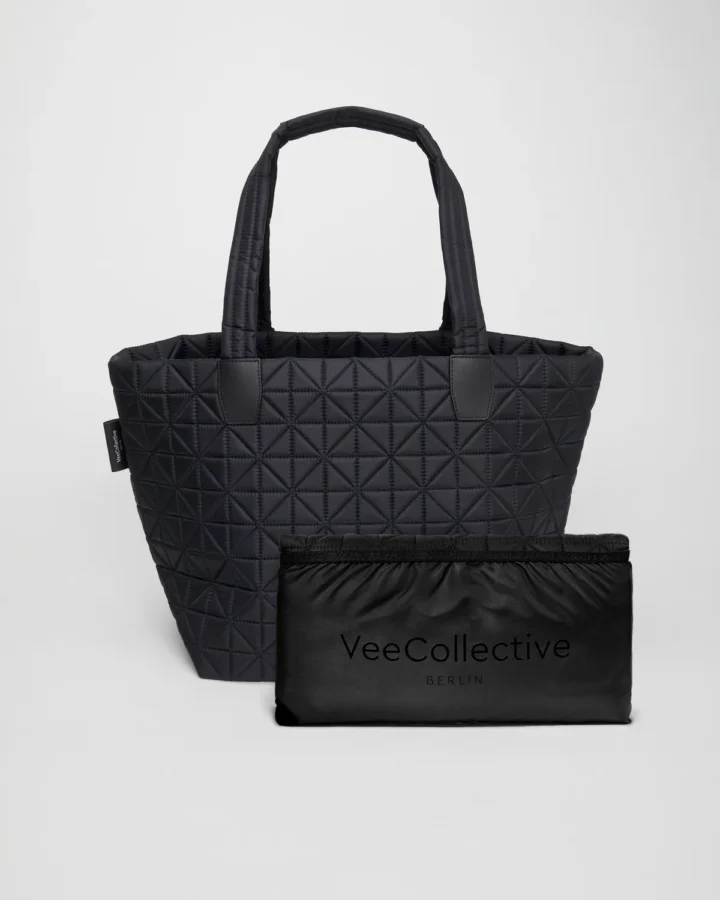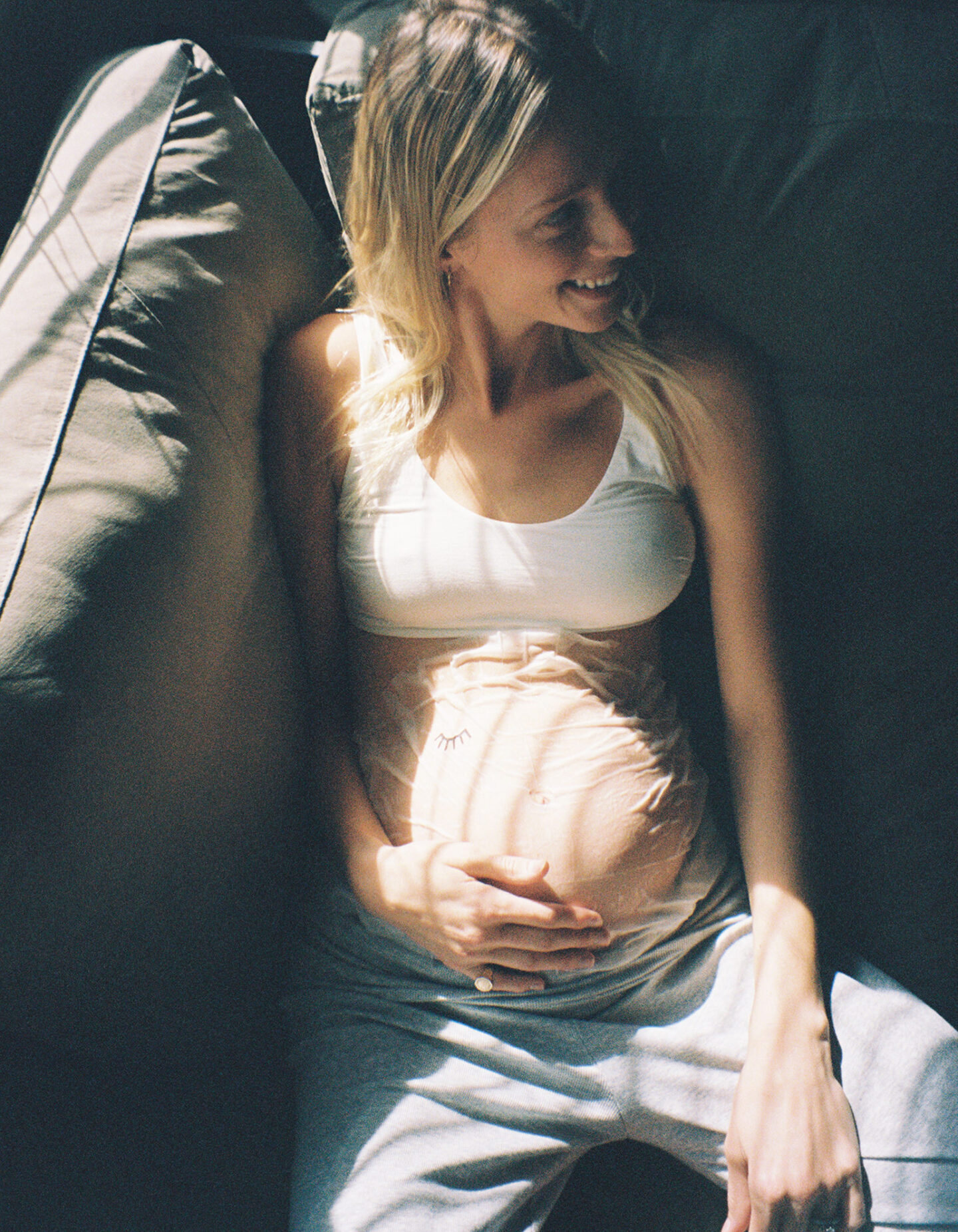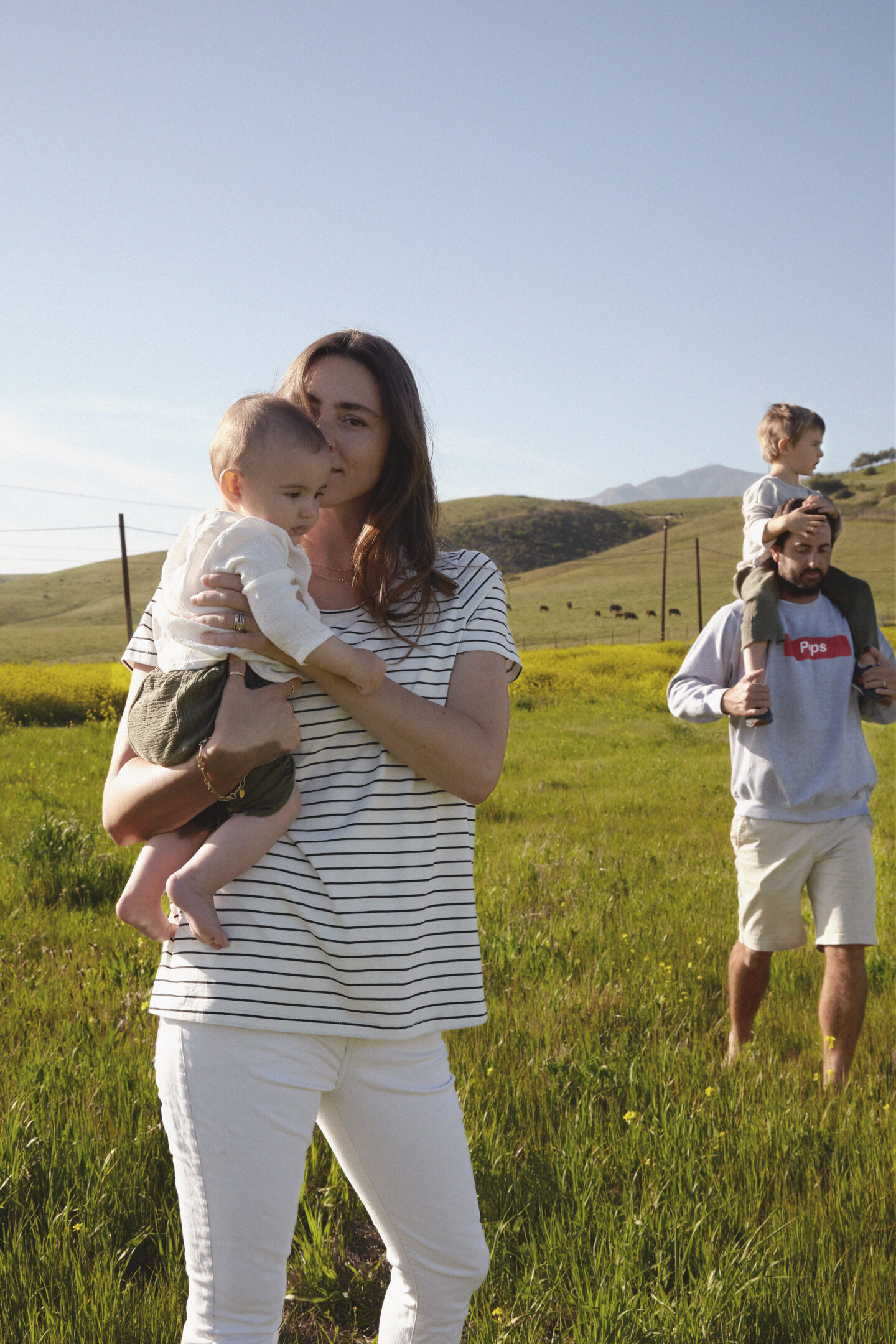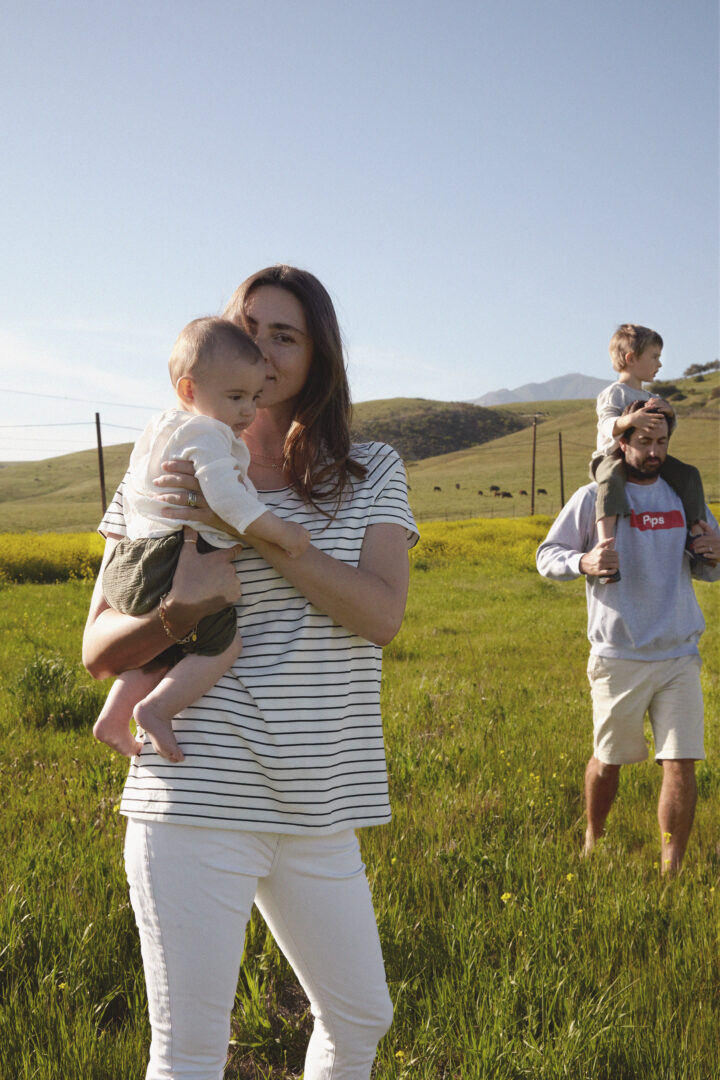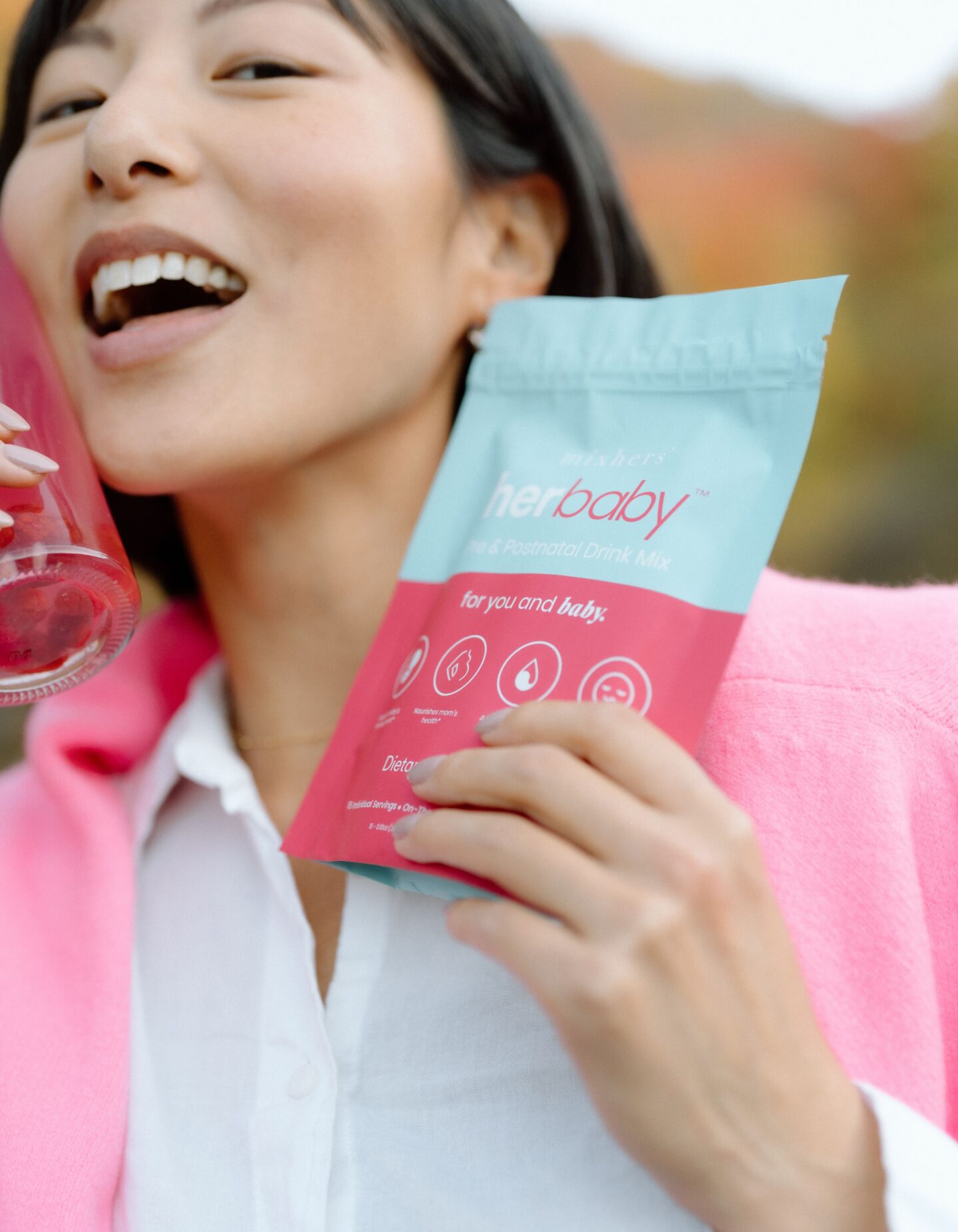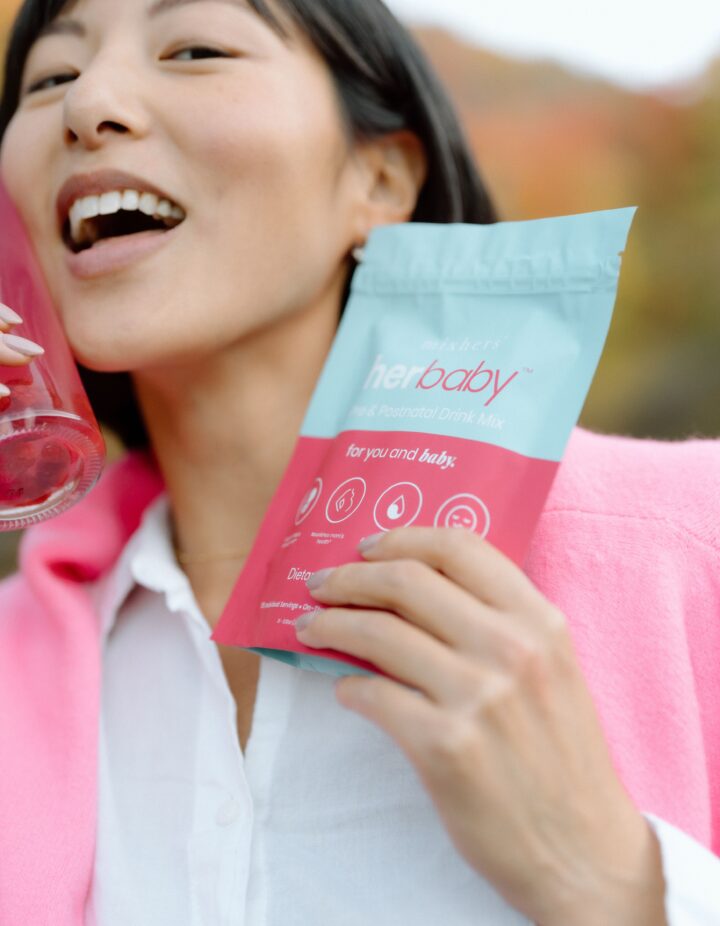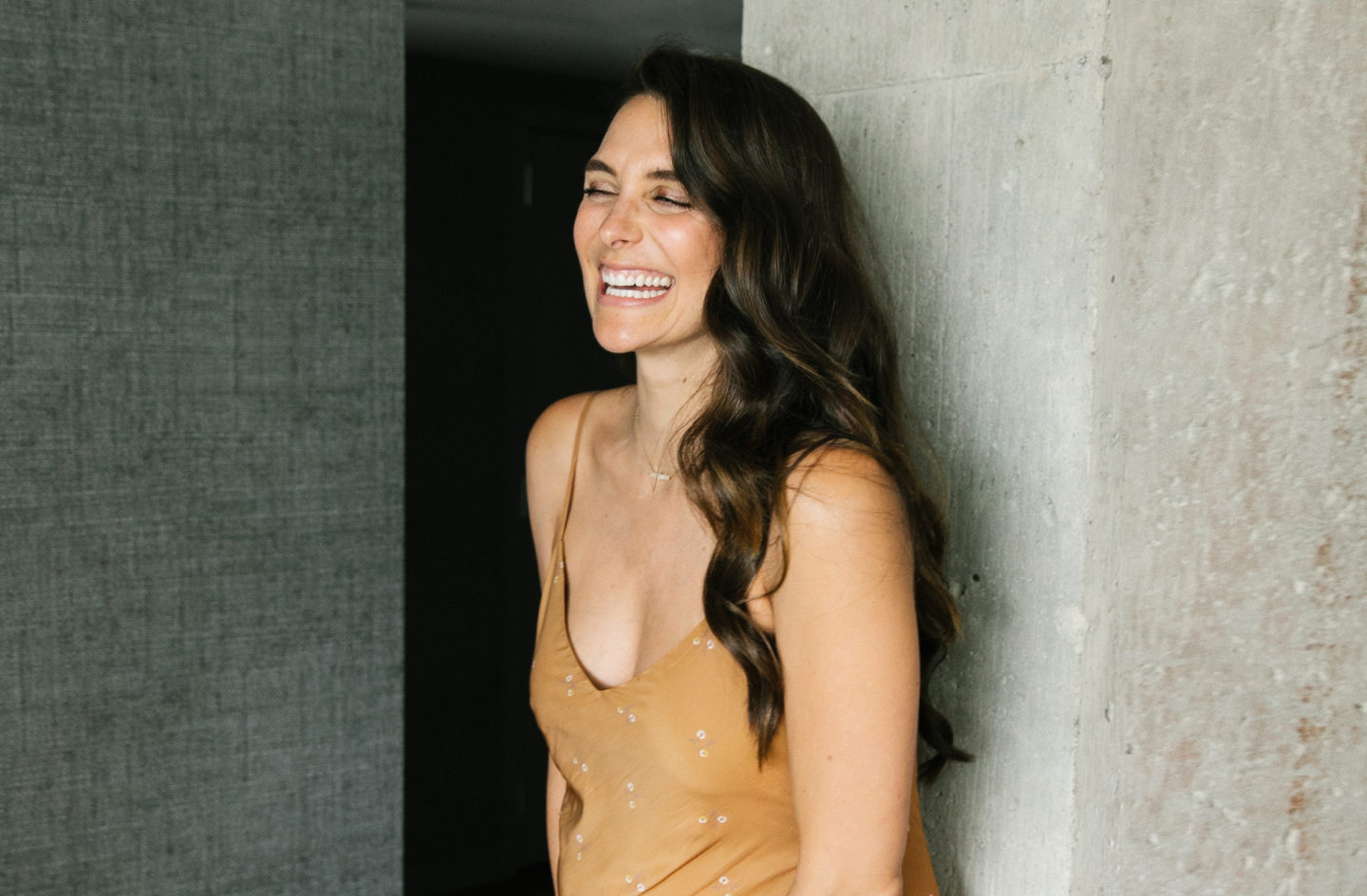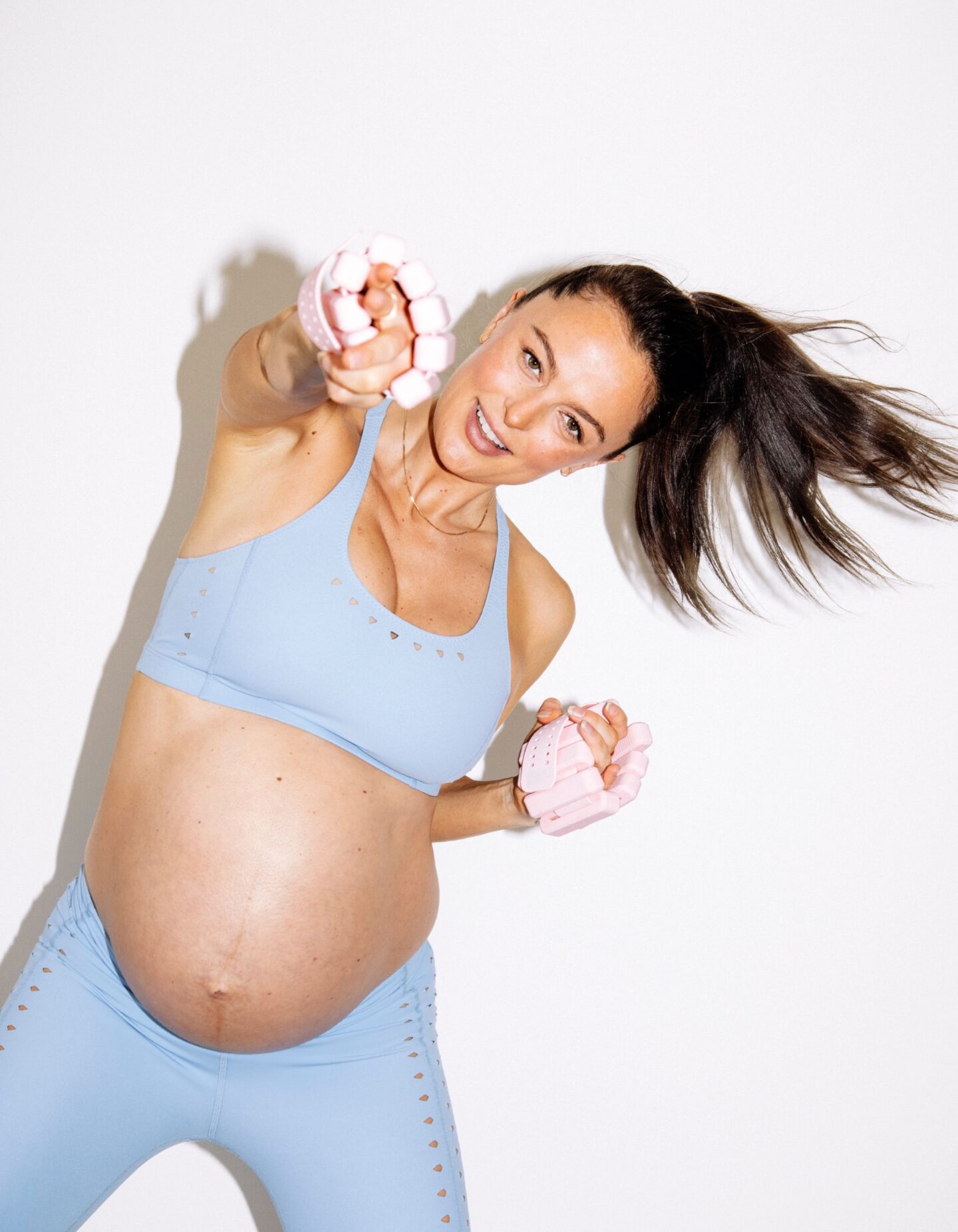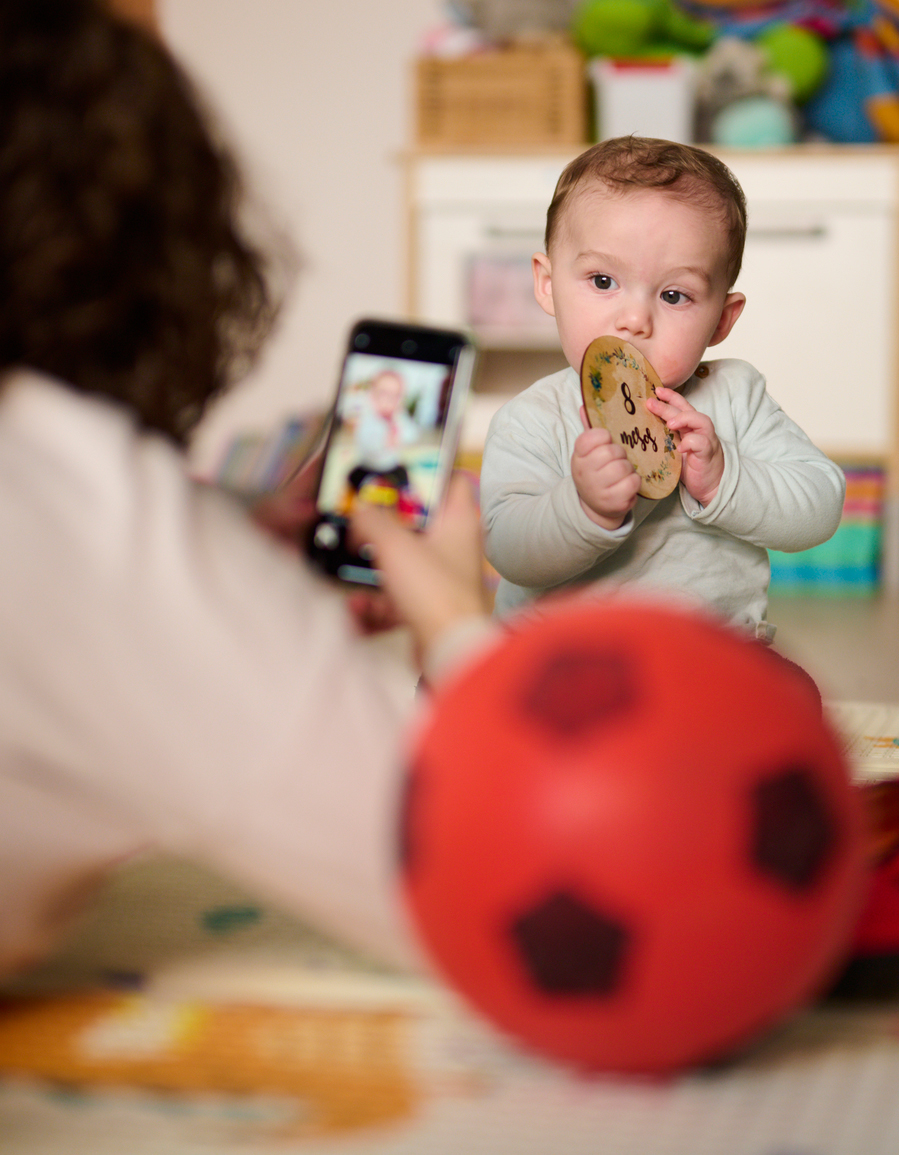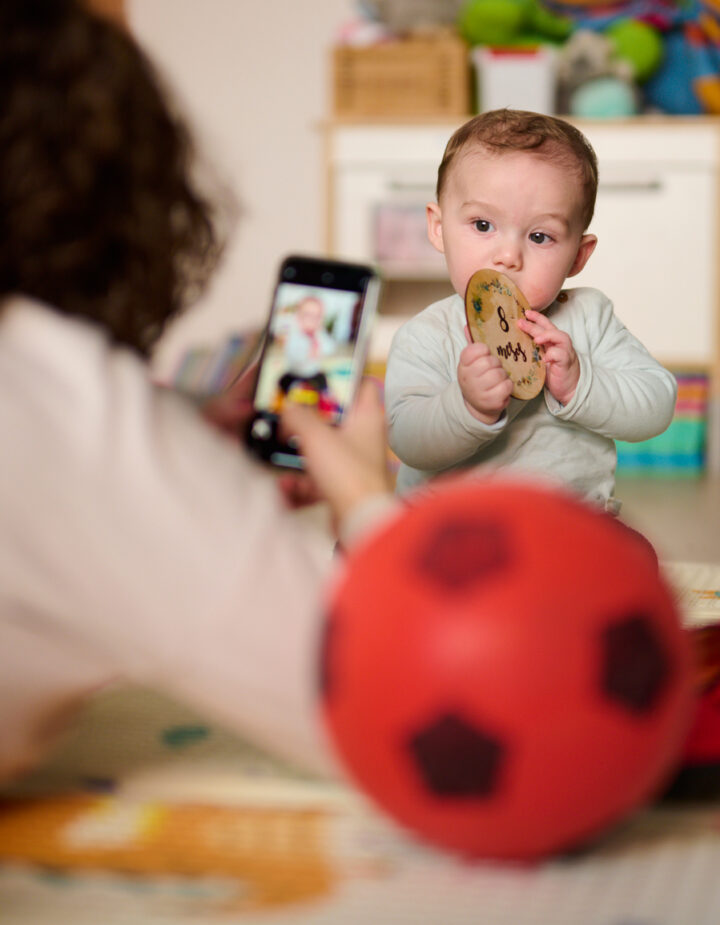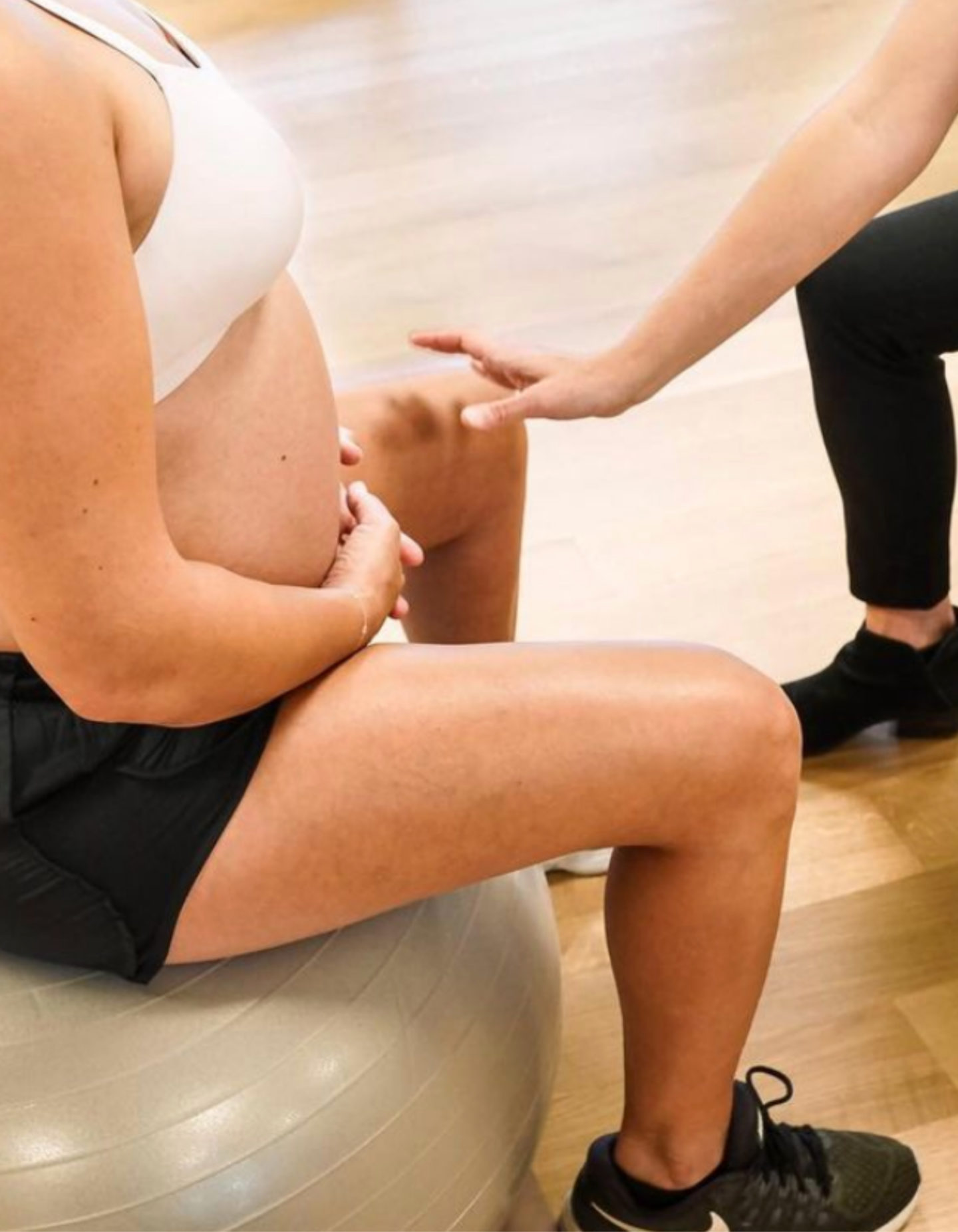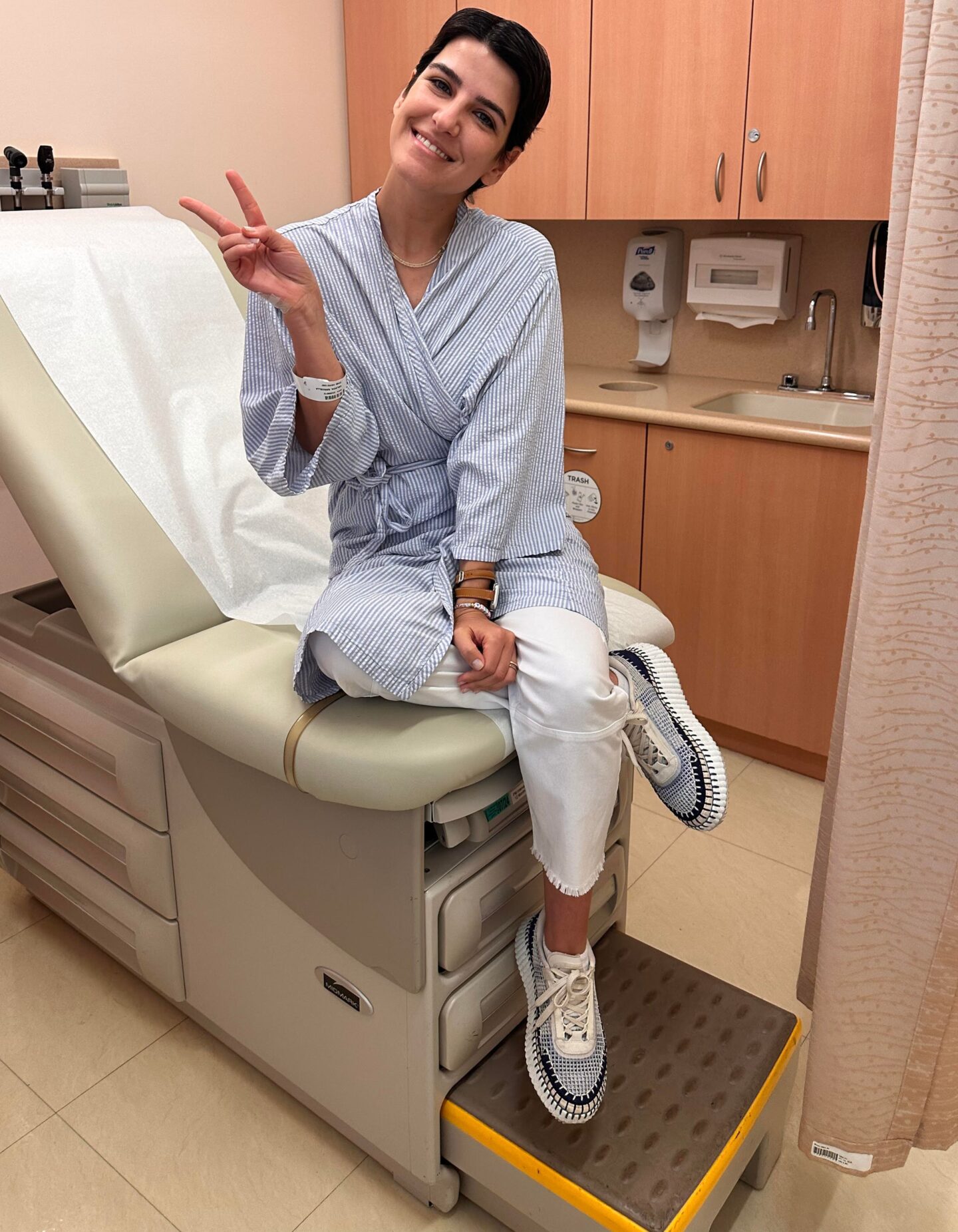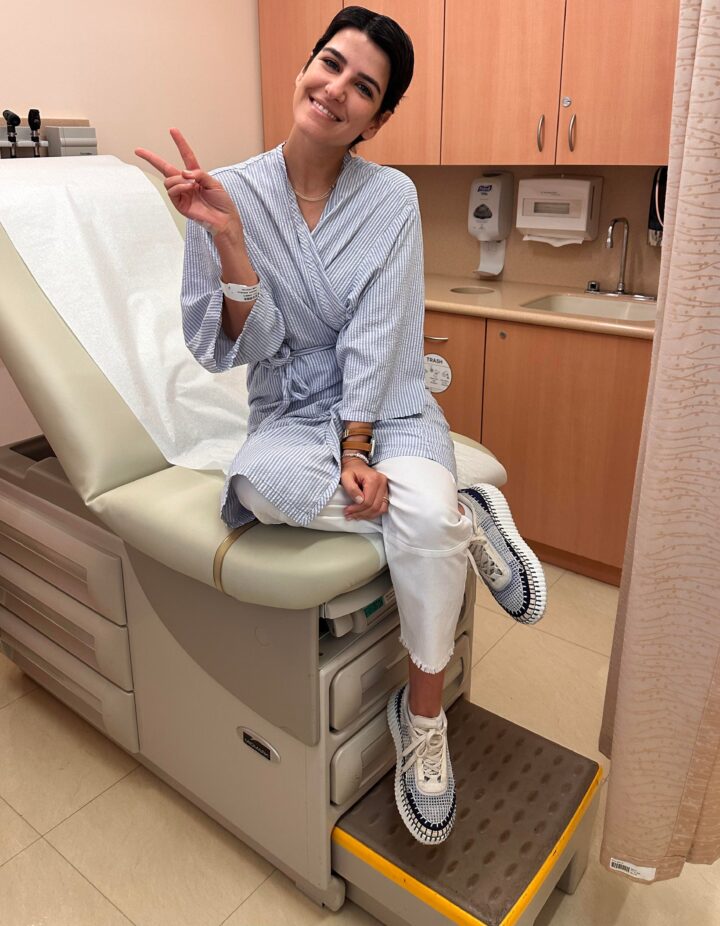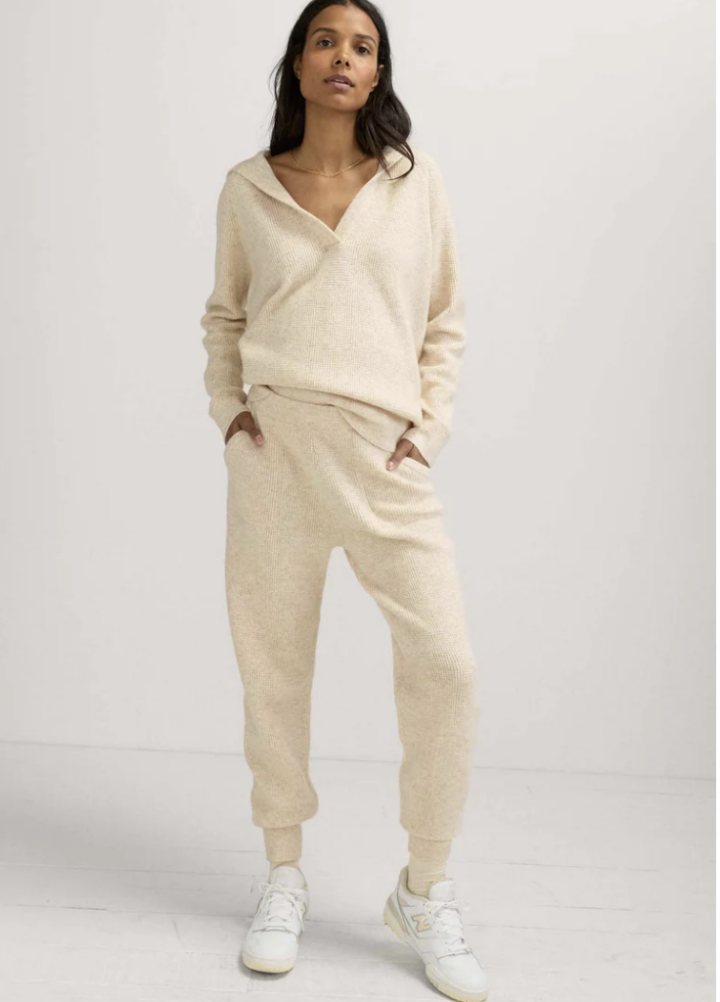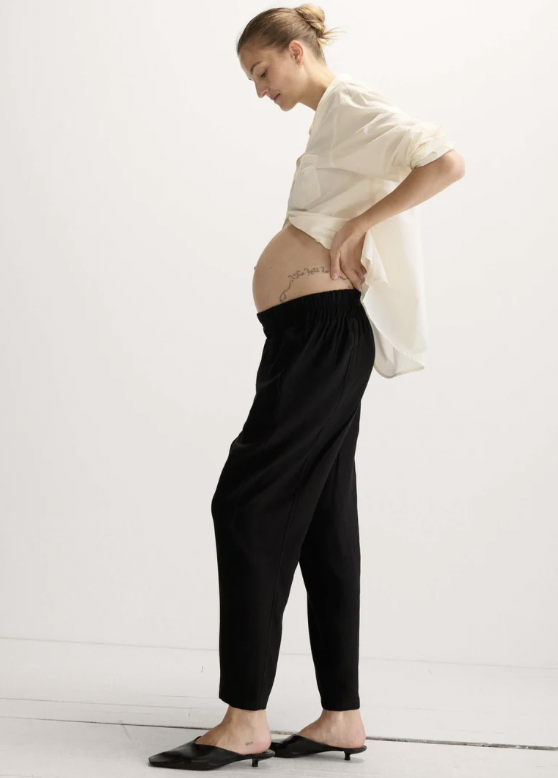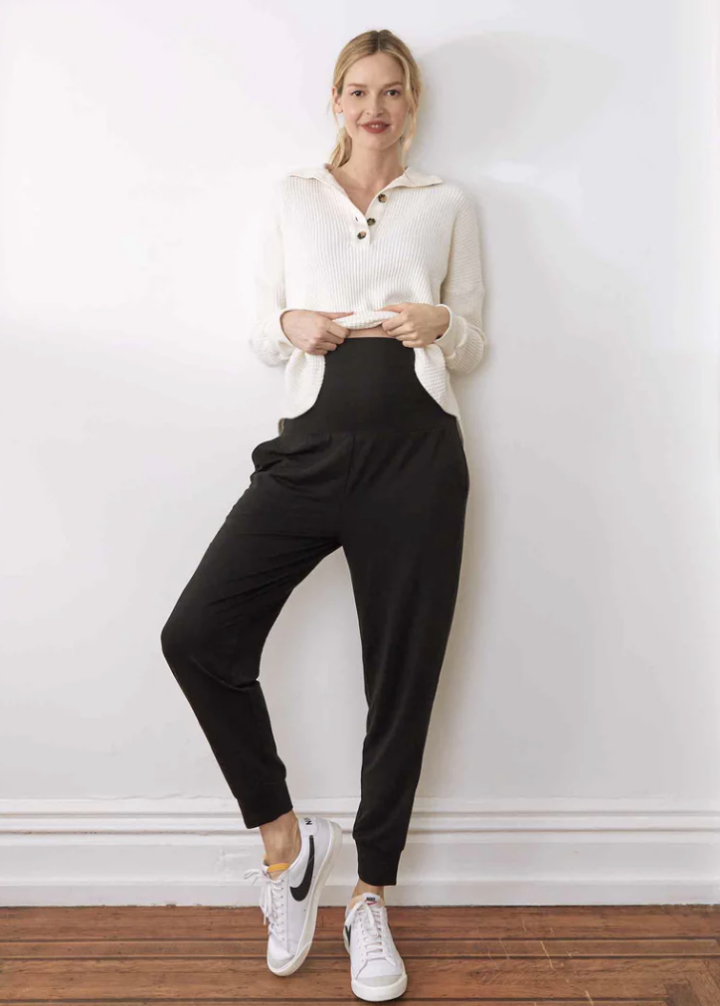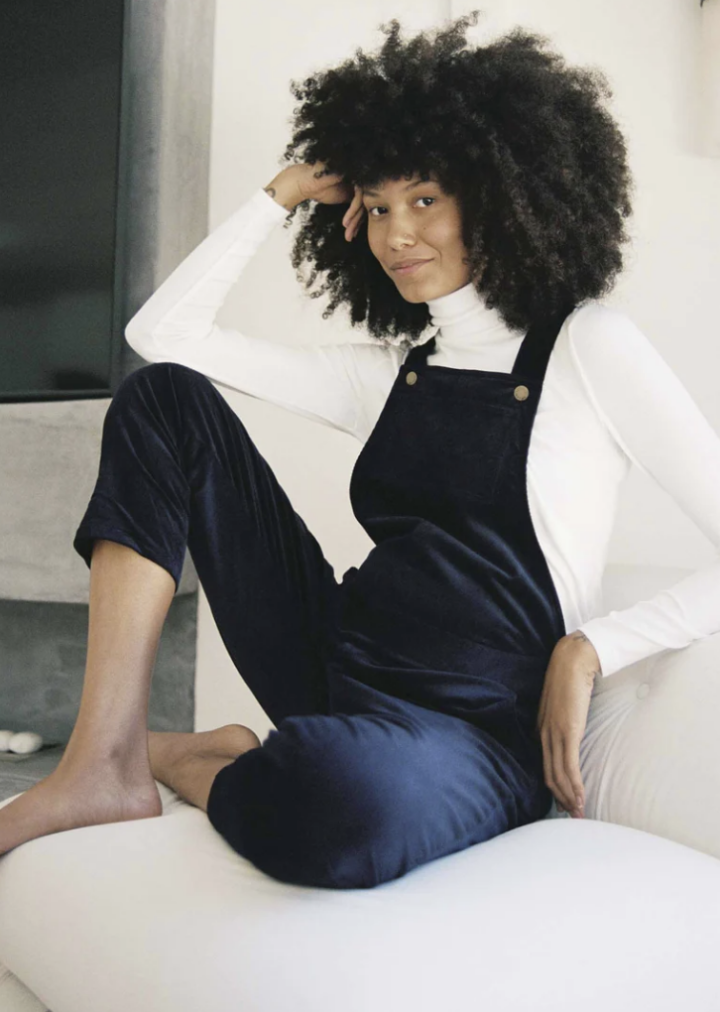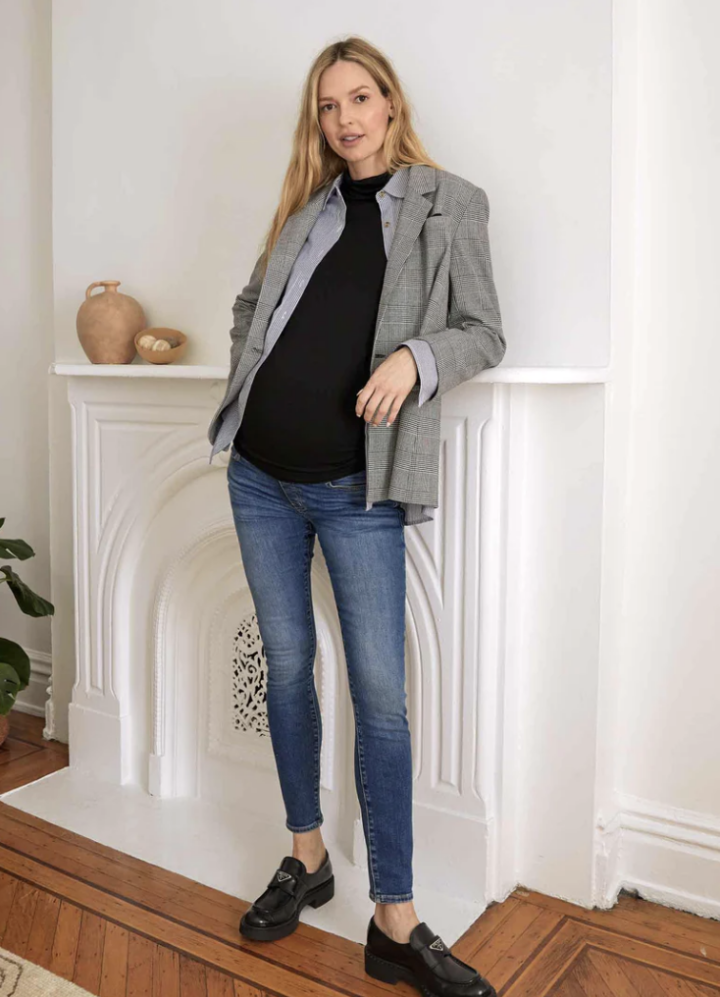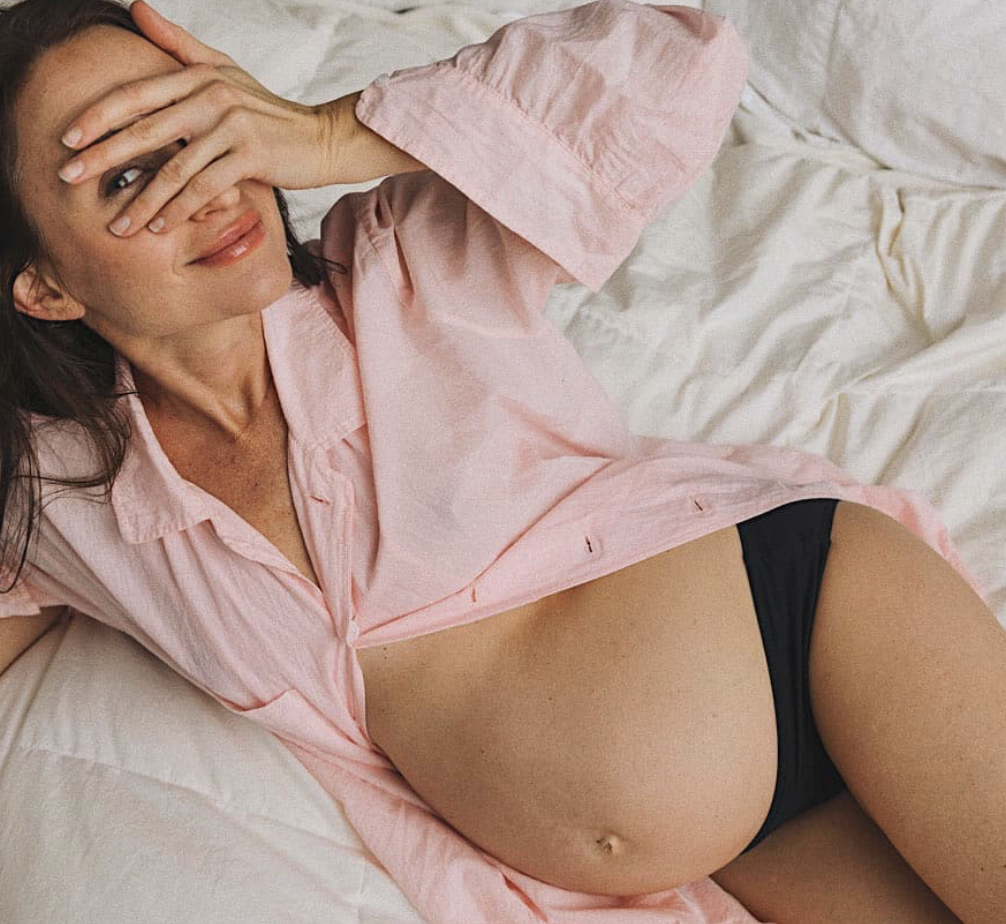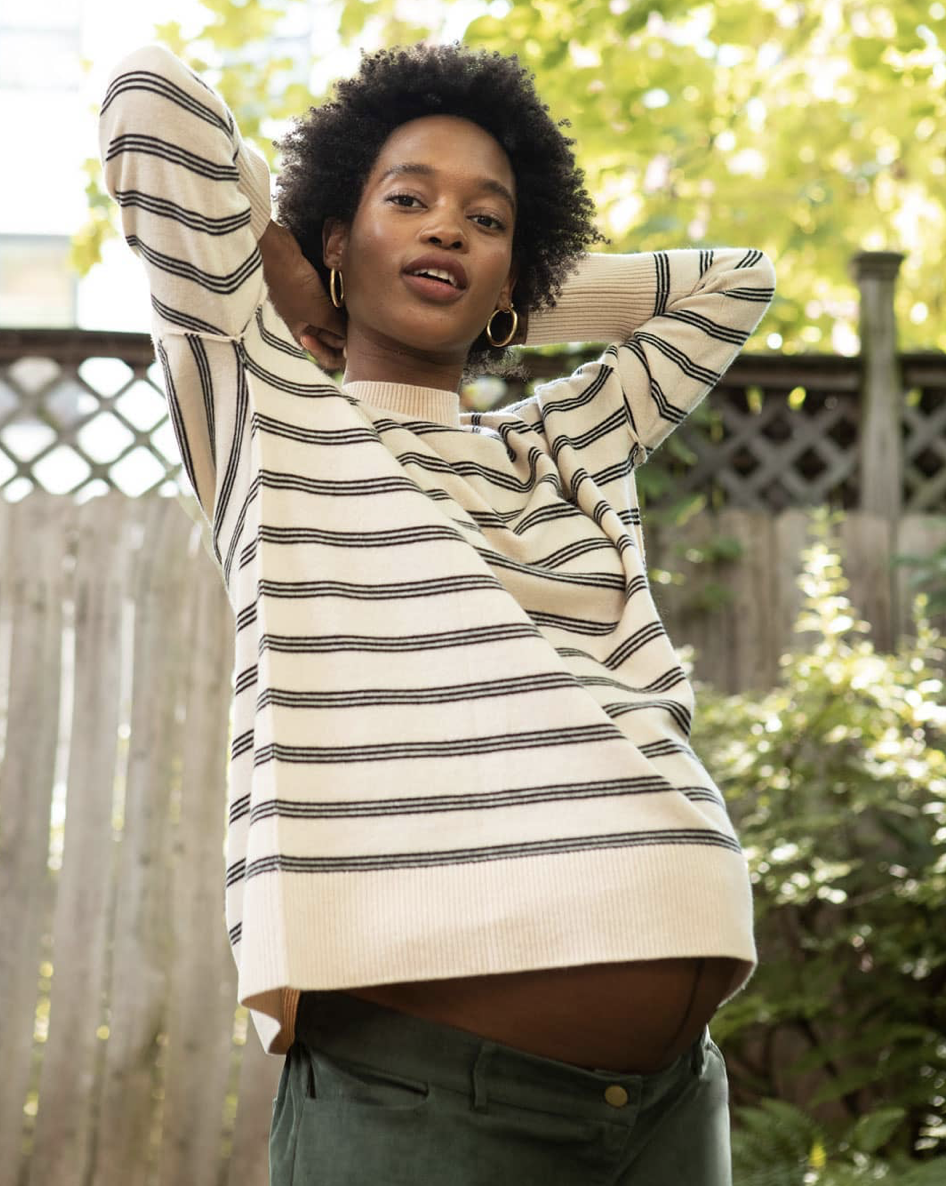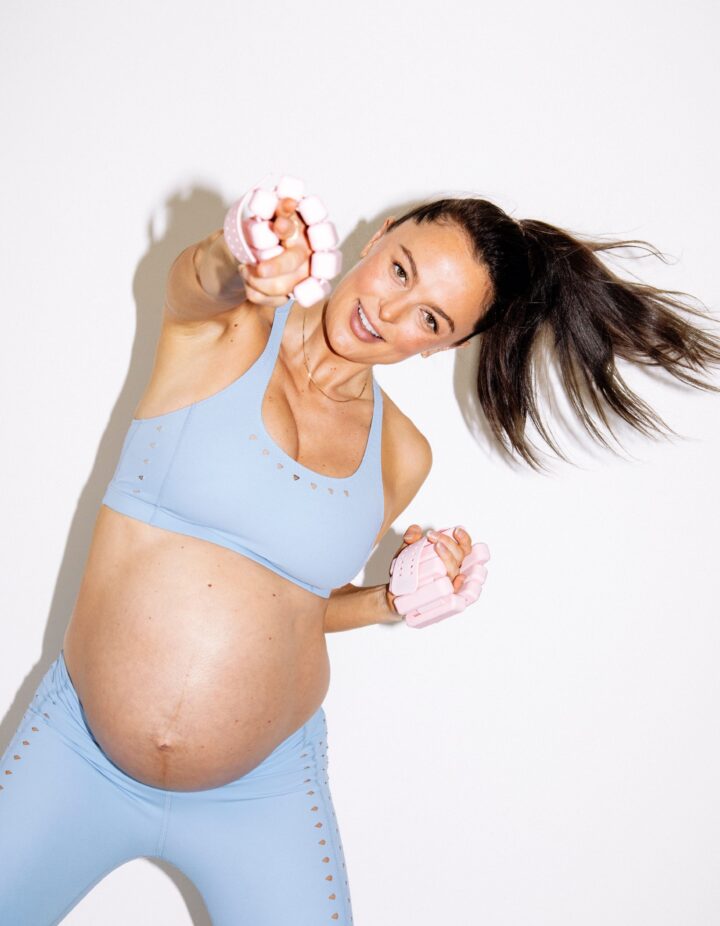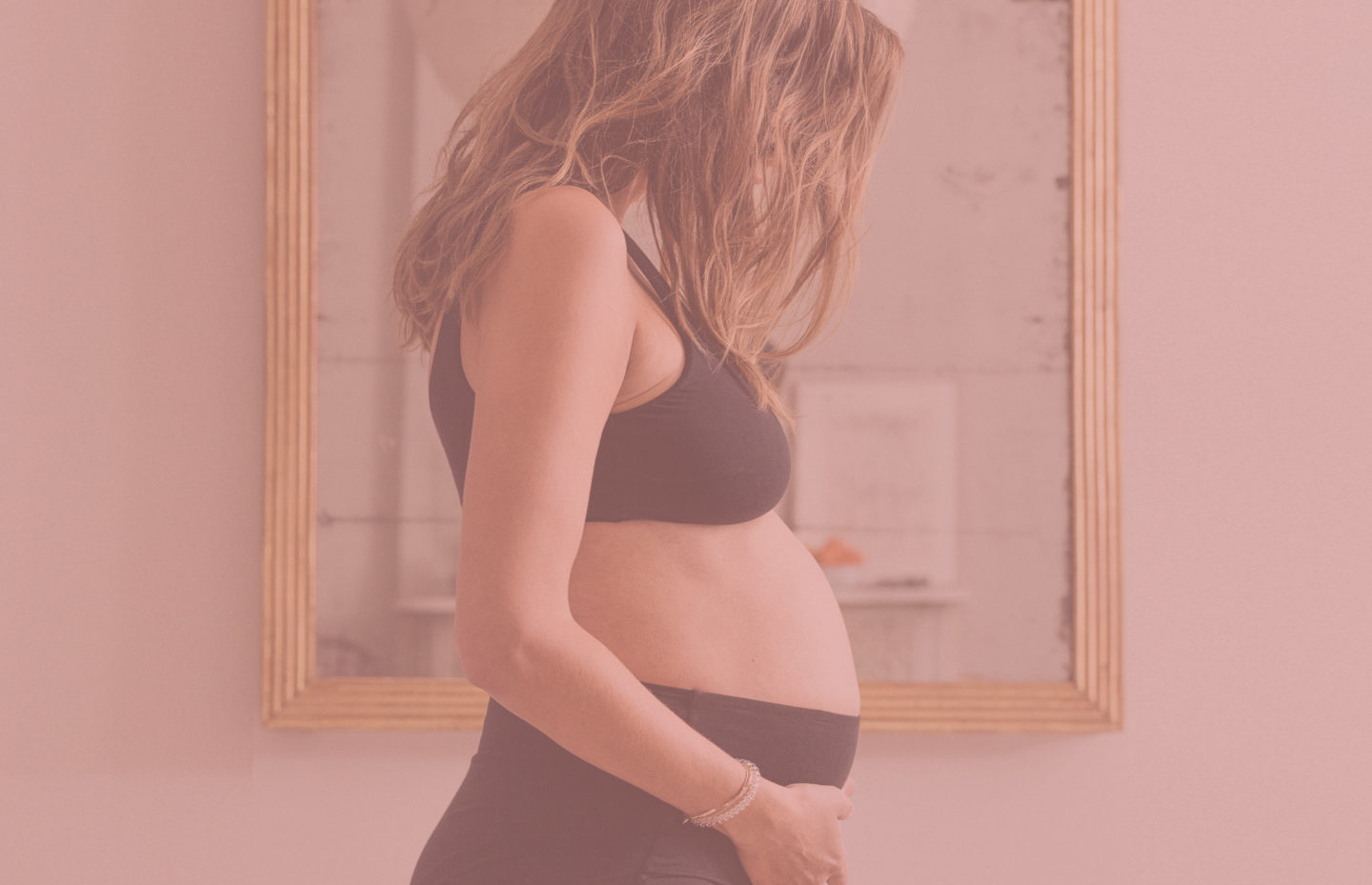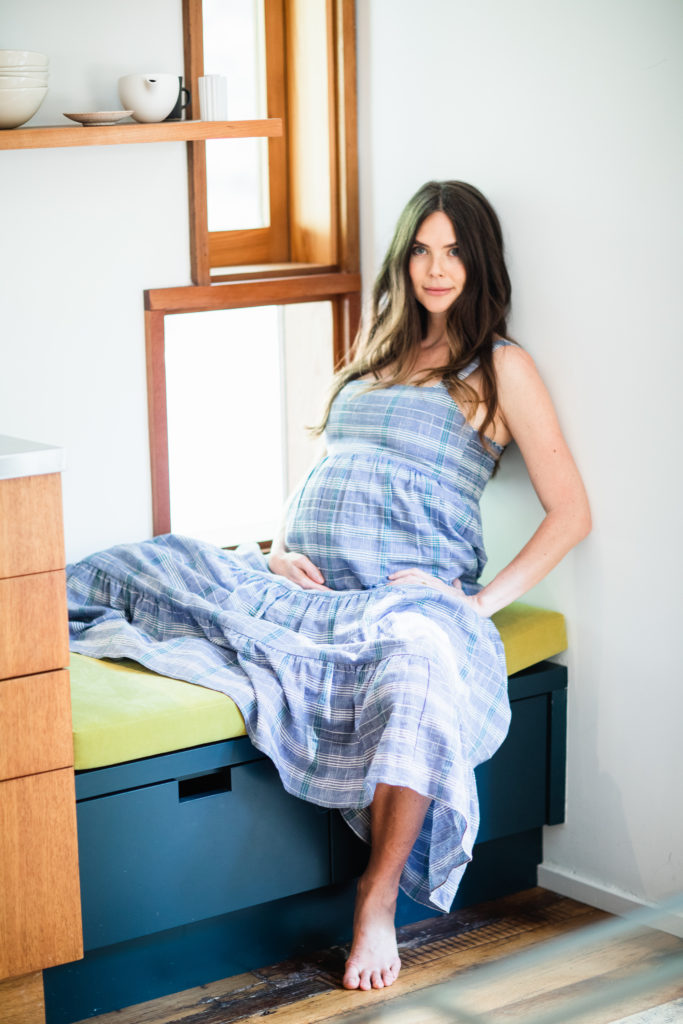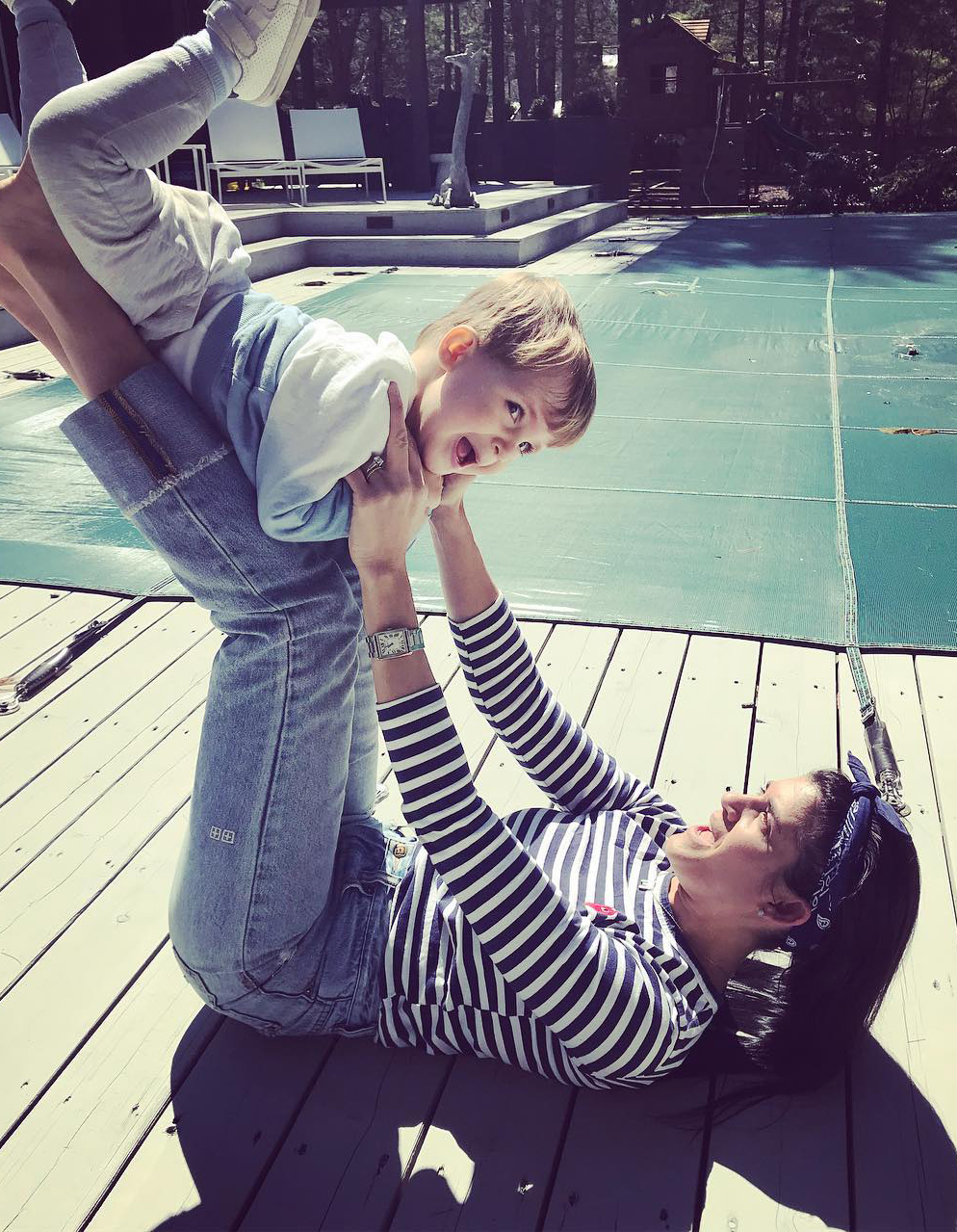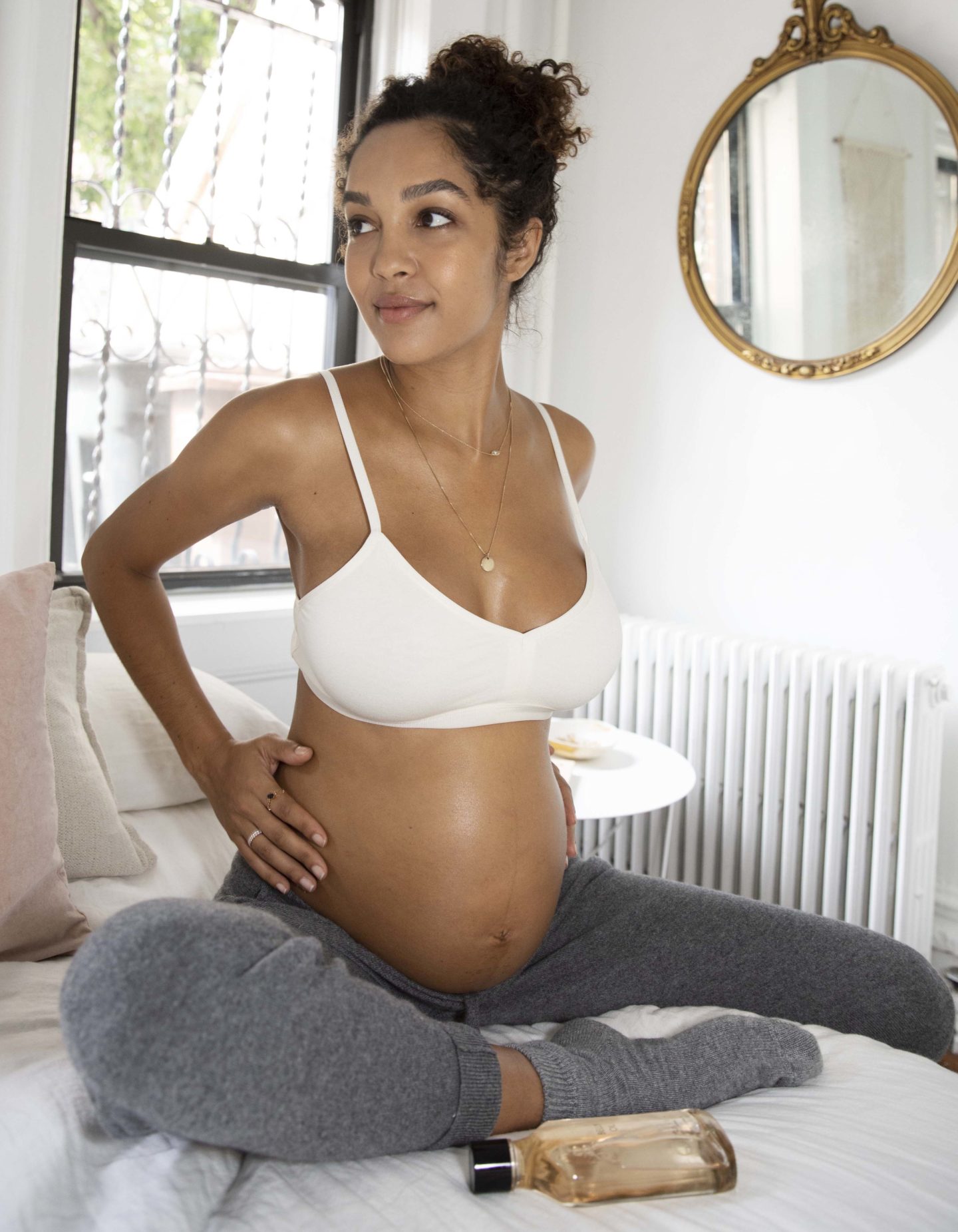Dr. Jennifer Millman has practiced at Greenwich Pediatrics Associates since 2017. She is board certified in Pediatrics by the American Board of Pediatrics and a fellow of the American Academy of Pediatrics. Dr. Millman lives in Armonk with her husband and two young sons, Will and Ollie. In her free time, she loves reading, hiking, squash, and musical theater.
It’s the most wonderful (read: germy) time of year! Sure you’re RSVPing and marking yourself down to bring three pumpkin pies, but you might also be wondering, ‘Am I going to let my 16 great aunts slobber all over my newborn’s face?’. You’re not alone, mama. We sat down with Jennifer Millman of Greenwich Pediatrics to let you know all the things to keep in mind when you decide to walk through those holiday party doors with your brand-new babe.
It’s no secret that big parties and lots of greetings pose a potential threat to your baby’s health, but that doesn’t mean you have to keep your little bundle of joy (or yourself) at home for the holidays. Your MIL’s third cousin has been waiting ten months to meet them…how could you deprive them of that gift?! (Jk…you totally can if you want.)
“The holiday season is a lovely time to get together with your family,” says Dr. Millman. “But, if you have a young baby, especially one under two months, try to be careful around large groups of people as lots of viruses are circulating. As young babies’ immune systems aren’t fully developed, we try to be extra cautious to avoid risk of illness.”
When going to a party or get-together with your babe, there are a number of other things Dr. Millman suggests do to keep them safe, and to take some of the anxiety out of the situation. Here, she shares her perspective.
Vaccinate your babies! (We know which vaccines you choose and when you choose to get them for your baby is a deeply personal choice.)
“The best thing you can do to keep your baby healthy and prevent complications of illness is vaccinate,” Dr. Millman tells us. “Babies can be vaccinated against many illnesses starting at six weeks to two months. We’re able to vaccinate for COVID and flu starting at six months. And amazingly, we can now give an immunoglobulin against RSV for babies under eight months of age which has shown to be hugely protective.”
Have everyone wash their hands.
Handwashing is a great way to kill bacteria and viruses and limit exposure to germs. There are many viruses that are circulating this time of year! Dr. Millman explains that the most common they are seeing are Flu and RSV, but also other viruses like Covid, rhinovirus, and adenovirus are also present.
“Strep, ear infections, and pneumonia are also going around and often need treatment with antibiotics,” says Dr. Millman. “If you’re concerned that your child may have any of these illnesses, bring them to the pediatrician to be checked!”
Encourage everyone to be vaccinated too!
Flu and COVID vaccines both help limit transmission of those illnesses.
“If you’re hosting, kindly ask your guests to decline the invitation if they’re sick,” Dr. Millman explains. “You can always blame your pediatrician for this one! We are more than happy to take it. There will always be another time to introduce the baby to that friend.”
Wear the baby!
If you want the baby to meet other people, but are worried about other people asking to hold the baby, wear the baby! Carriers are great ways to keep the baby against you and limit access from hands, sneezes, coughs, and kisses of other people.
“If your baby is over two months, vaccinated and you feel comfortable that the people you are with are healthy, it’s also totally fine to let others hold the baby!” Dr. Millman adds.
It is totally normal to feel anxious about bringing your baby to a party or get-together. Here are some extra tips to keep in mind…
Ideally, try not to bring your baby to a big party.
The more people, the more chance of the baby getting sick. Consider leaving the baby at home for the neighbor’s annual Christmas party that’s always a packed house. Besides, maybe mom could use a baby-free night off.
If you’re not ready, that’s fine!!
“Everyone has a different risk tolerance and if yours is lower than your sister’s, friend’s, mother’s, there is NOTHING wrong with that,” Dr. Millman reminds us. “If you’re feeling pressure from other people, this is another great time to blame your pediatrician (“Oh I’m so sorry, my pediatrician said I’m not allowed to have her meet friends yet” – again, happy to take it).”
Throw on a Christmas movie, order takeout, and enjoy your excuse. 😉
Keep. Mom. Healthy!!
“It is SO important to take care of yourself so you can take care of your baby. Stay hydrated, get sleep (if at all possible – this is a tough one!), and wash your hands a ton in the winter. Get vaccinated for the flu and covid as babies under six months cannot be vaccinated against these illnesses and protecting yourself is the best way to protect your baby.”
“And enjoy,” urges Dr. Millman. “The holidays are such a wonderful and special time and spending the first holiday season with your baby should primarily be a time of joy and laughter.”
